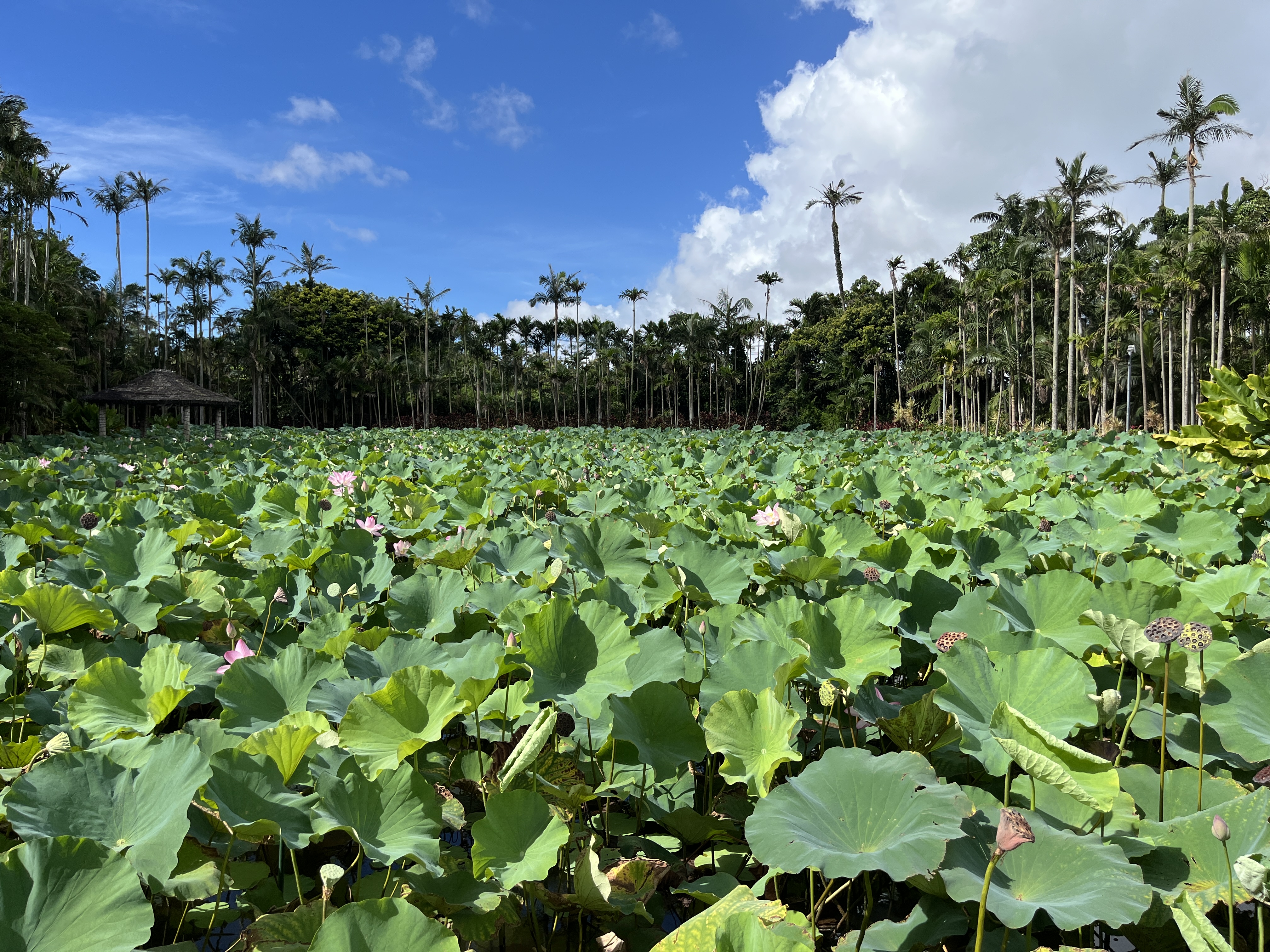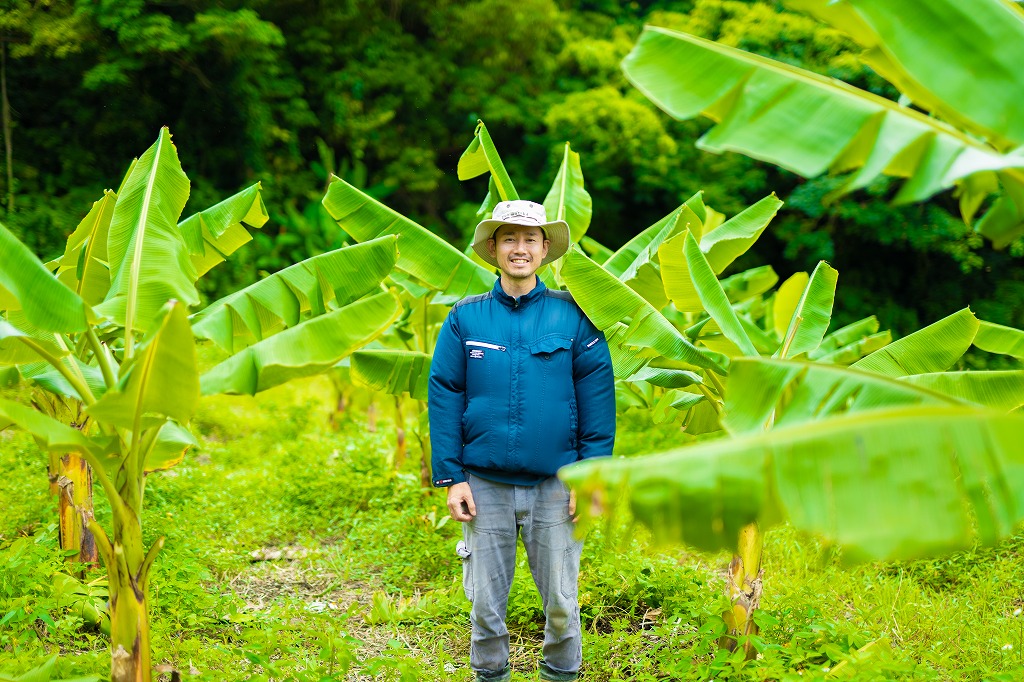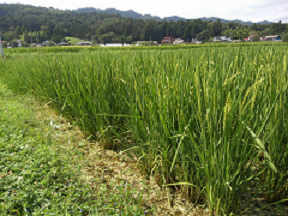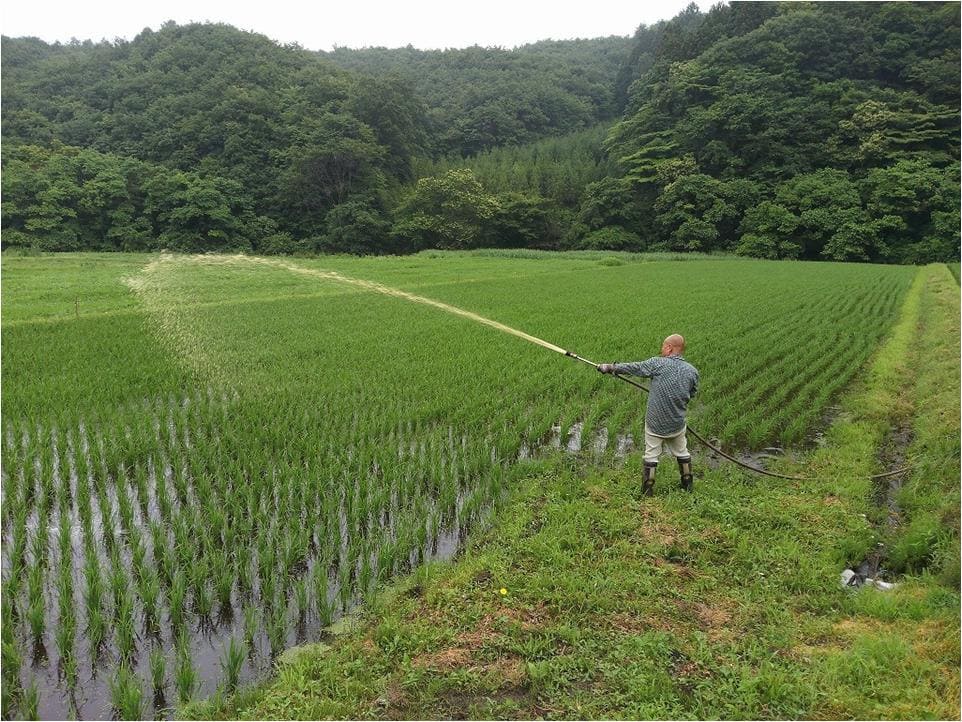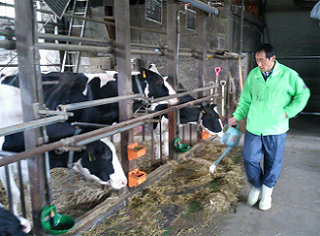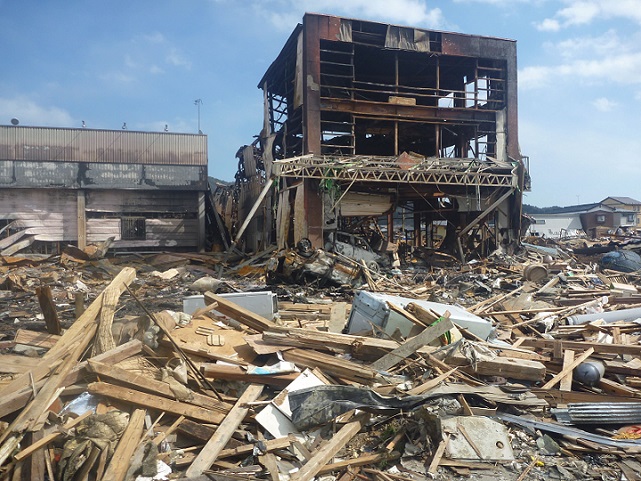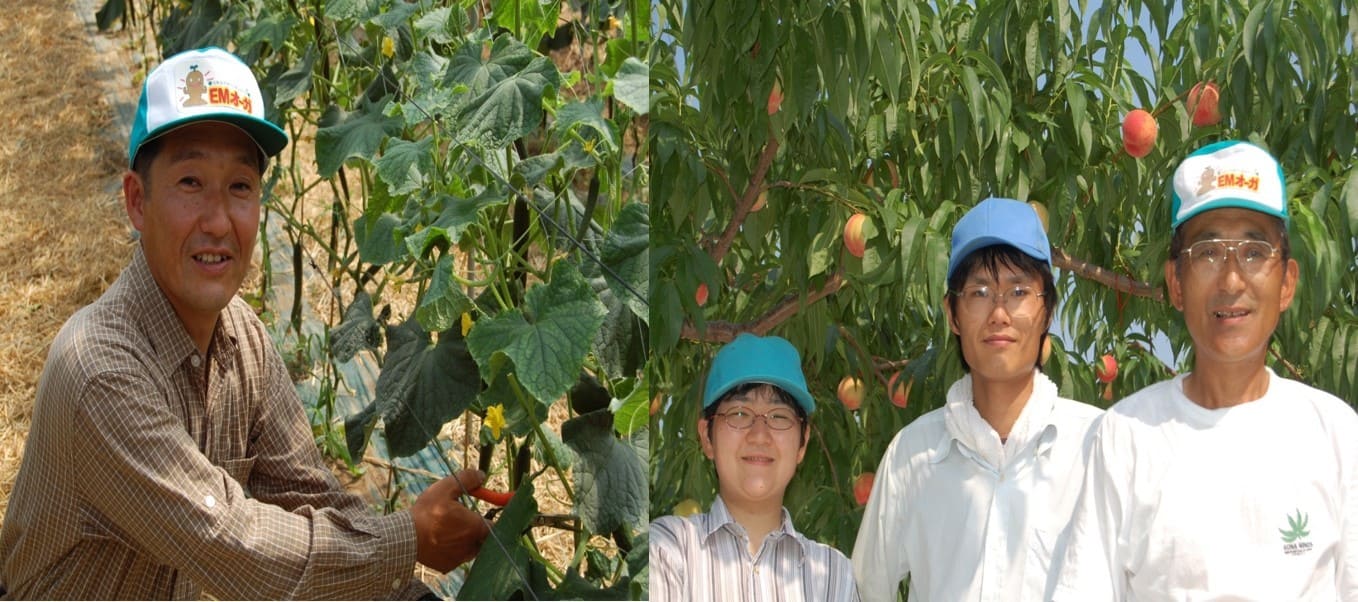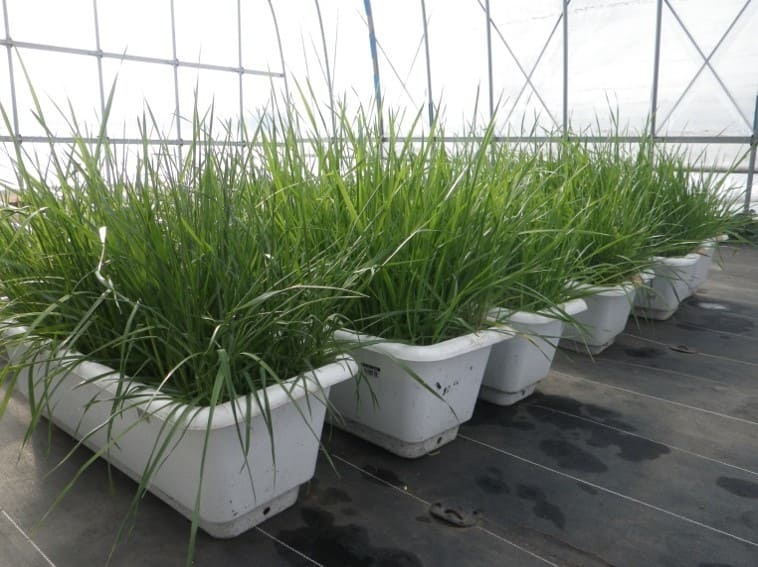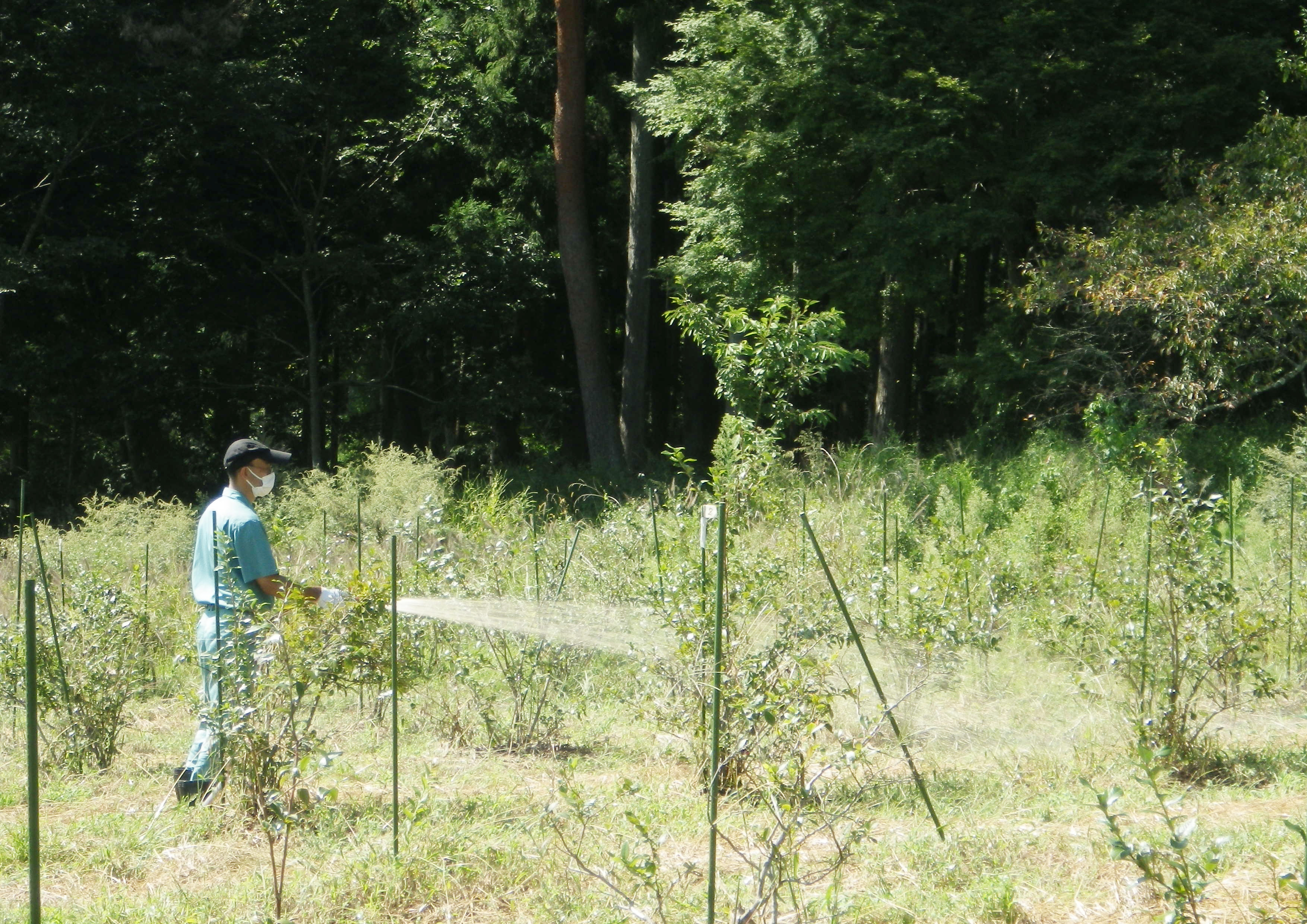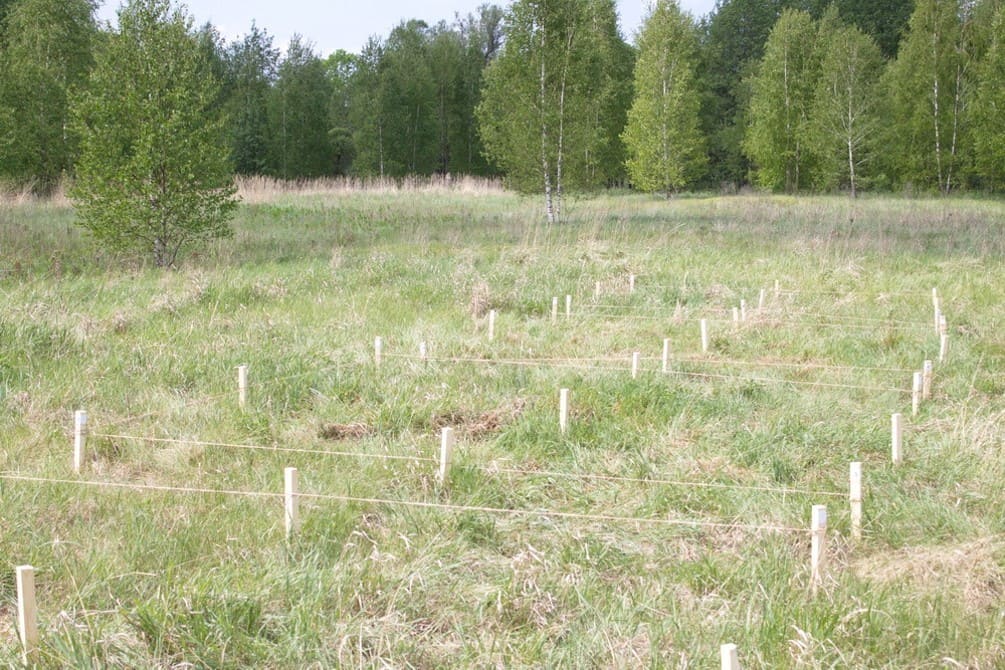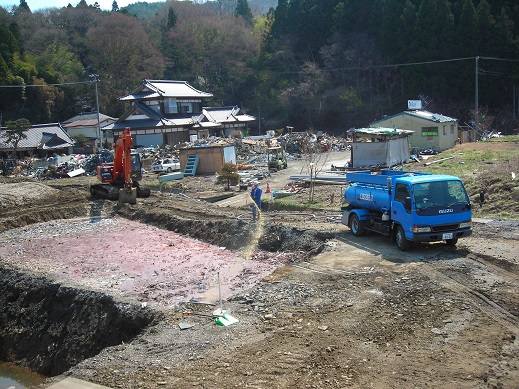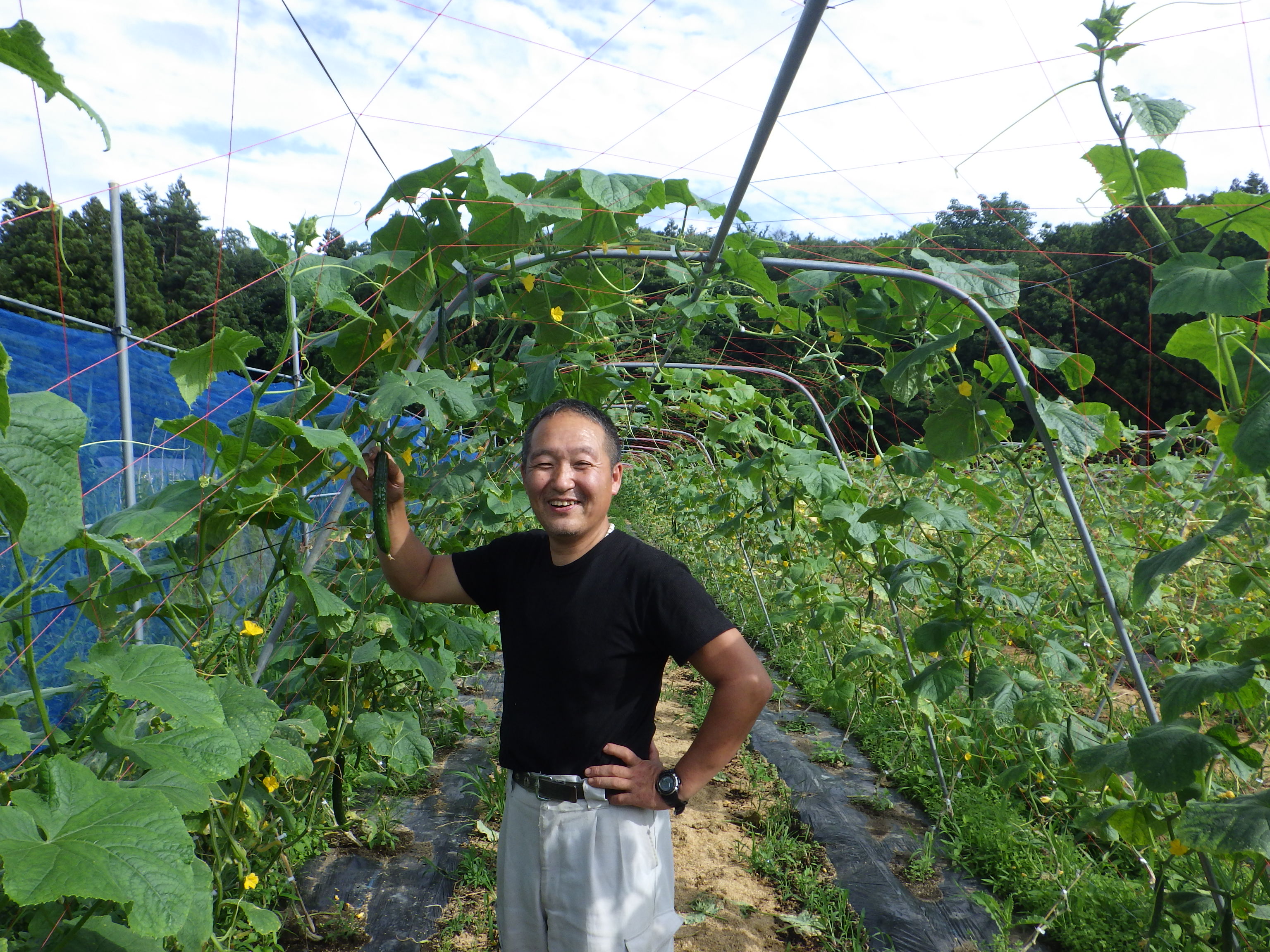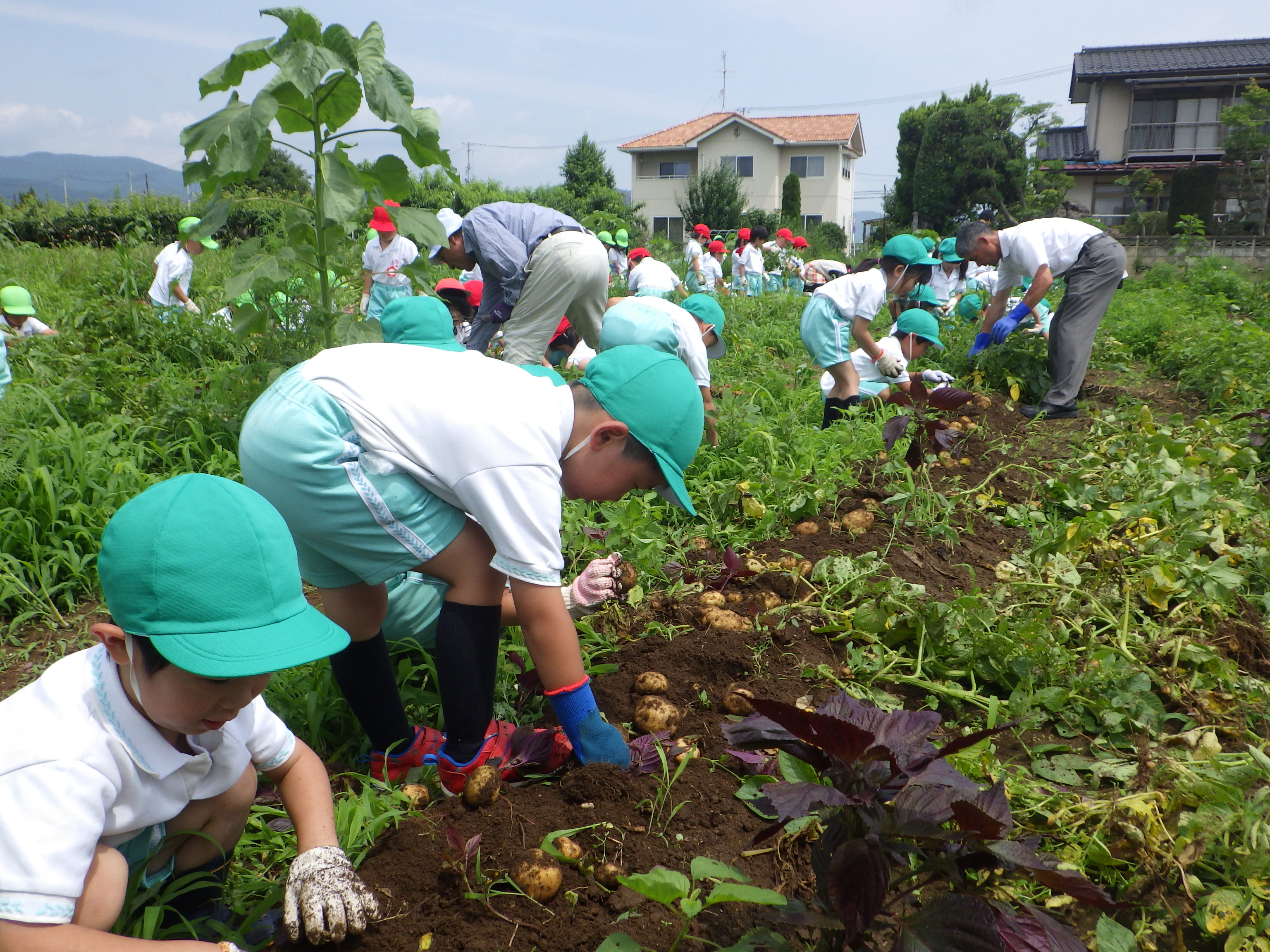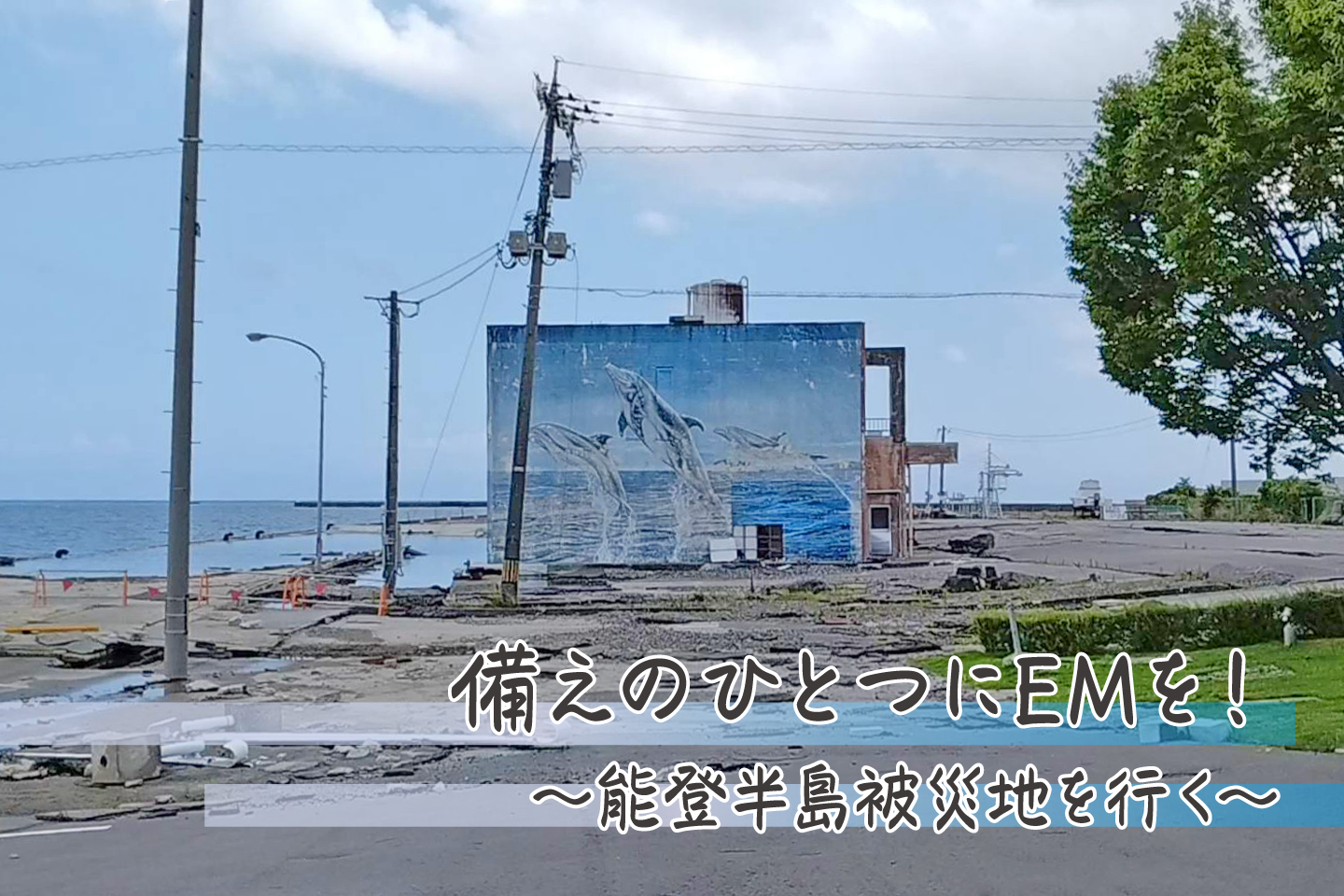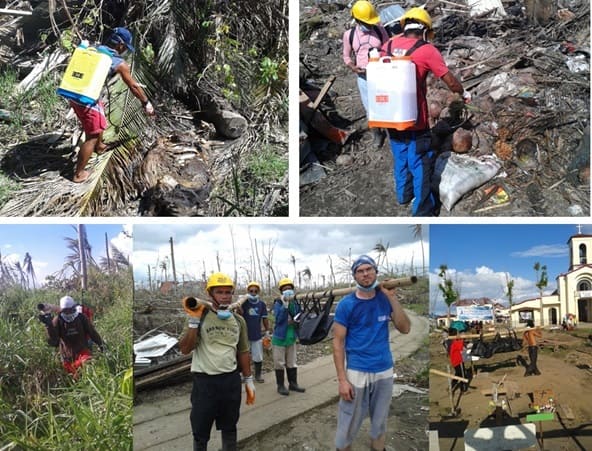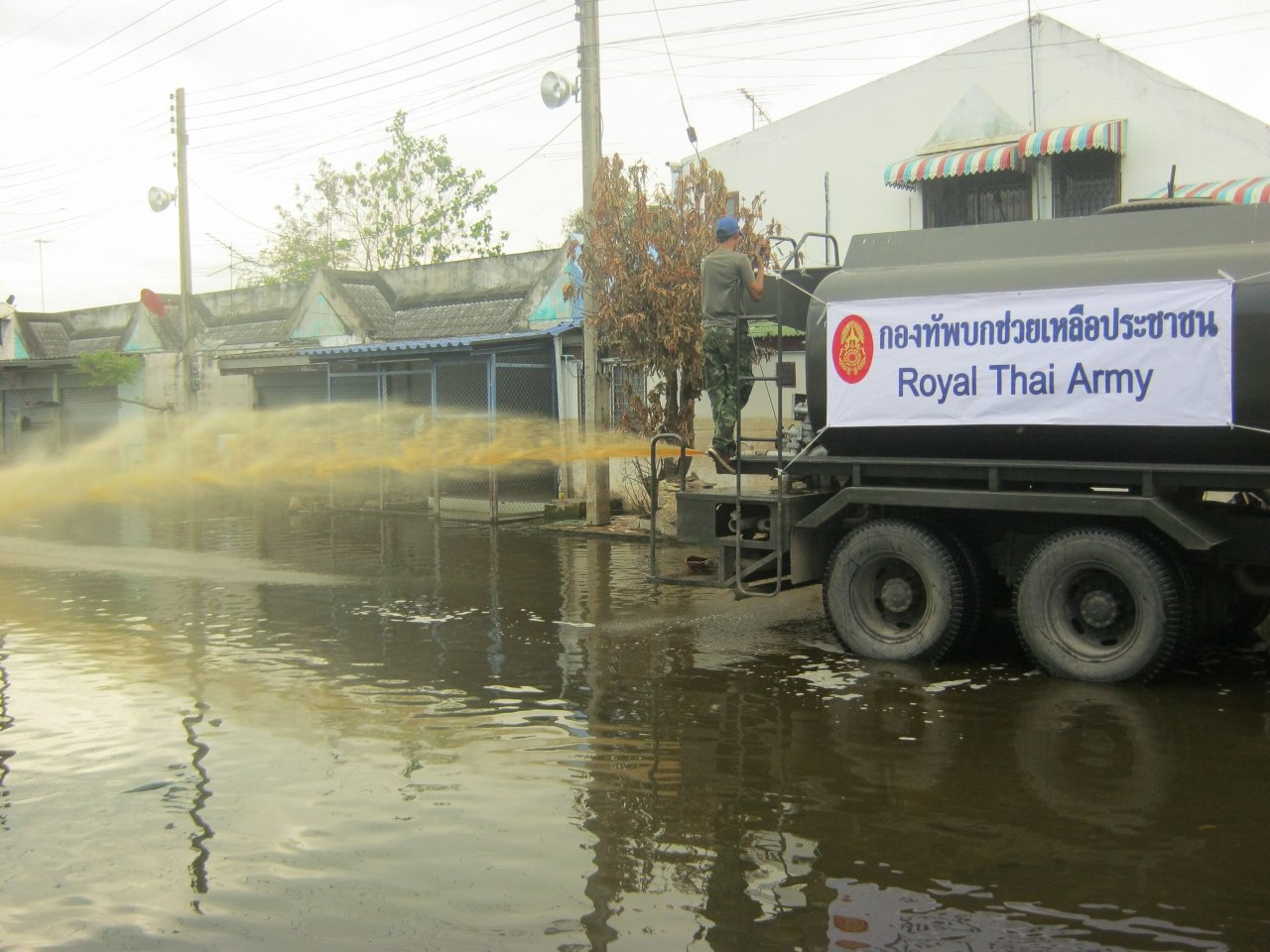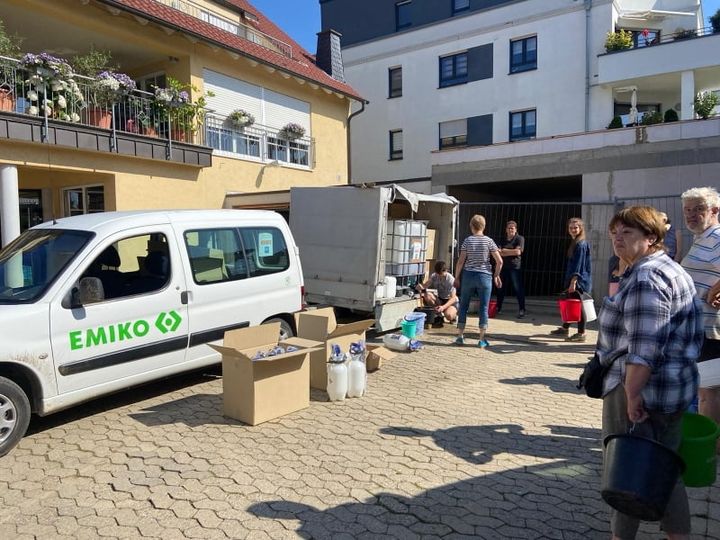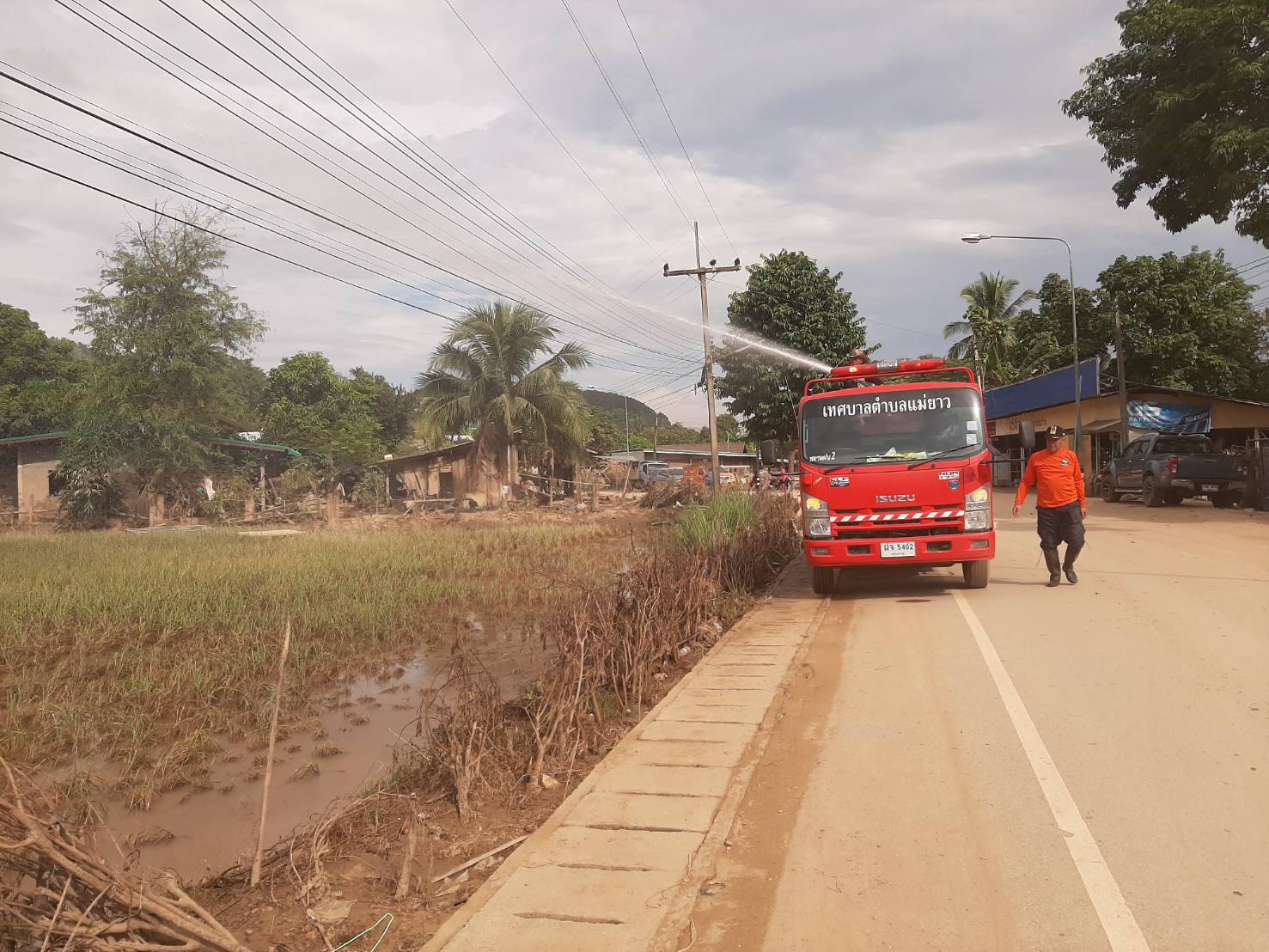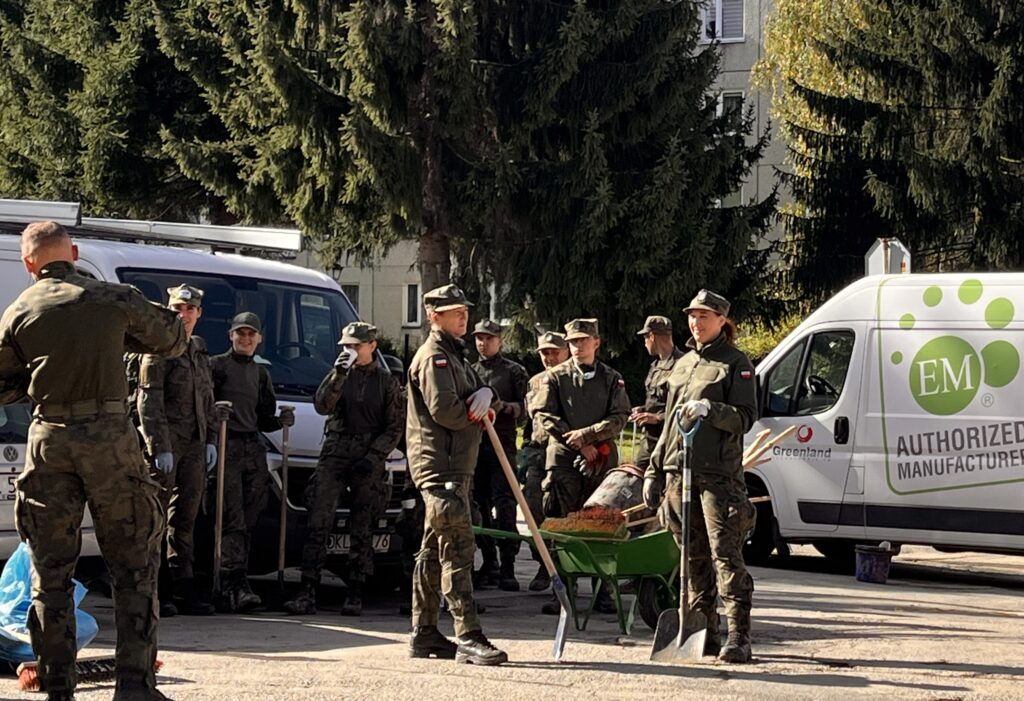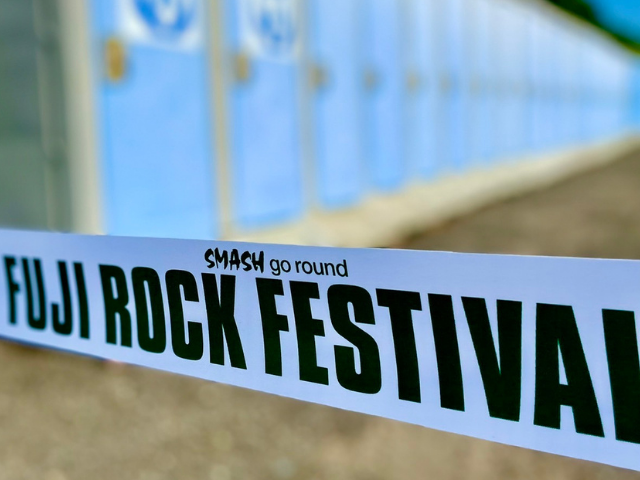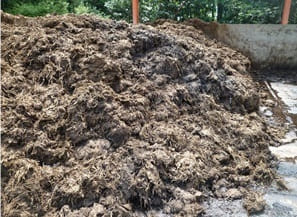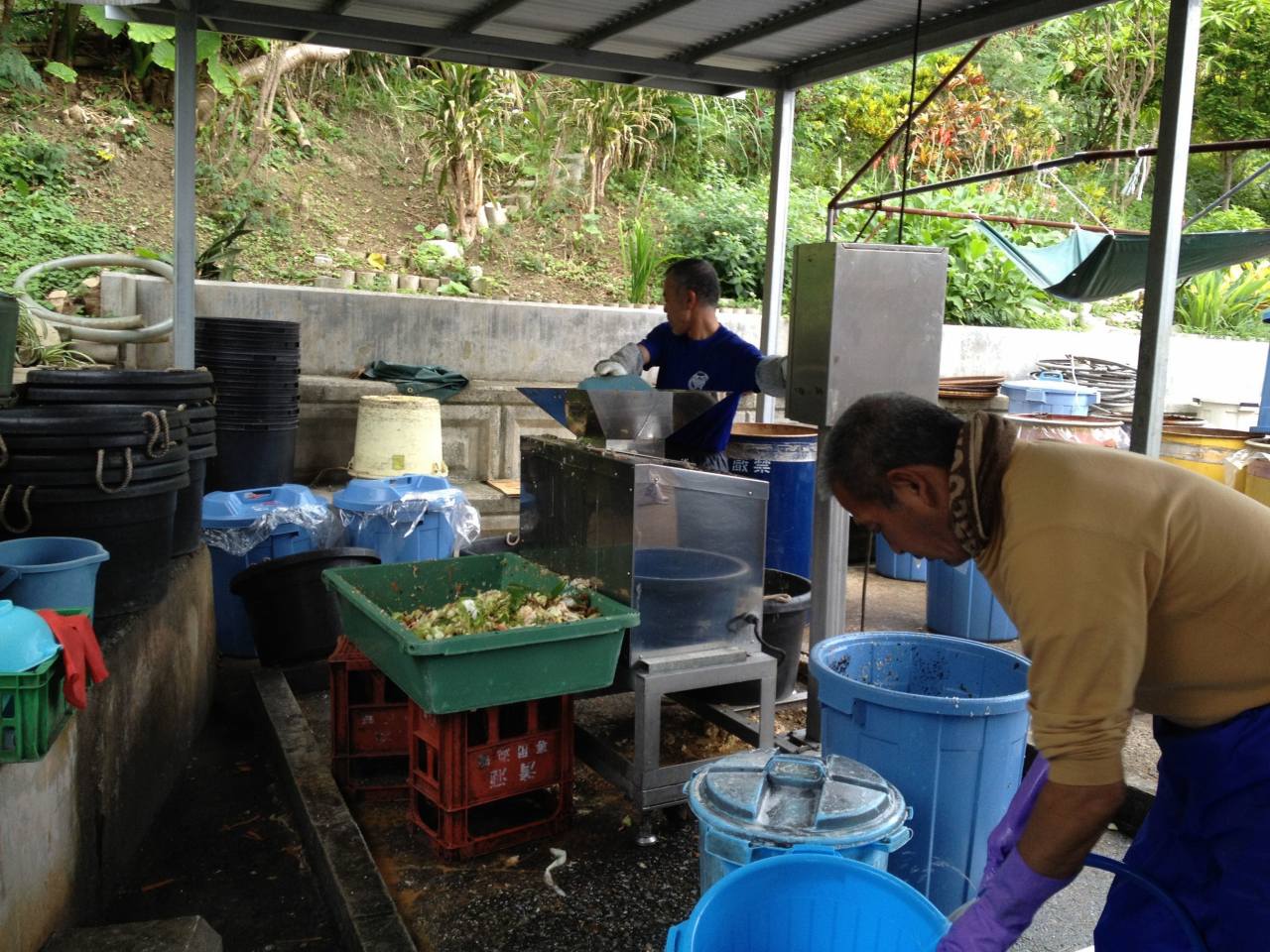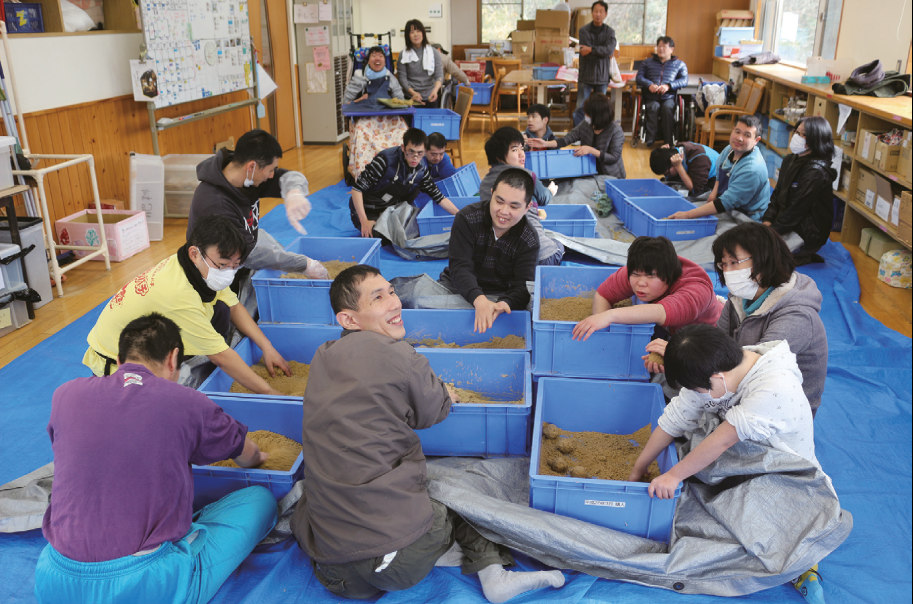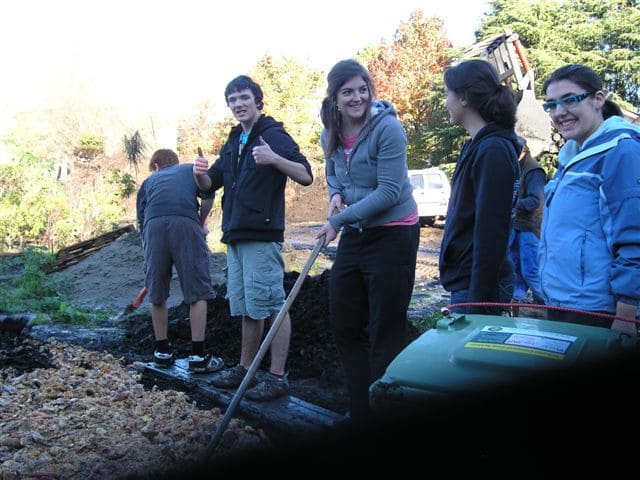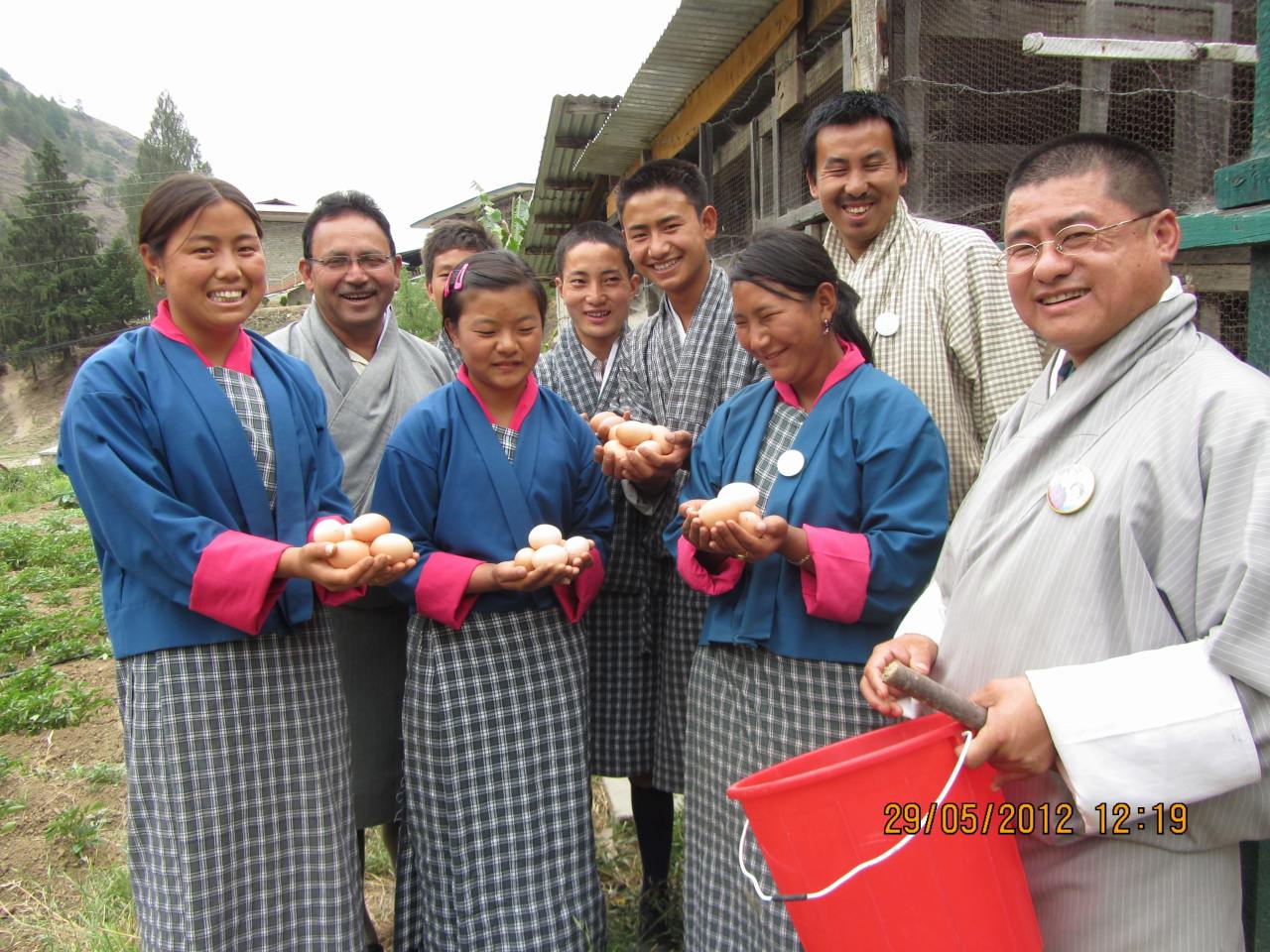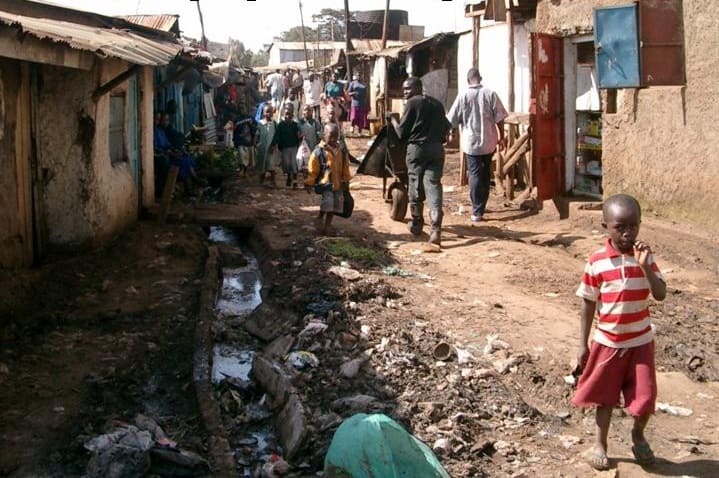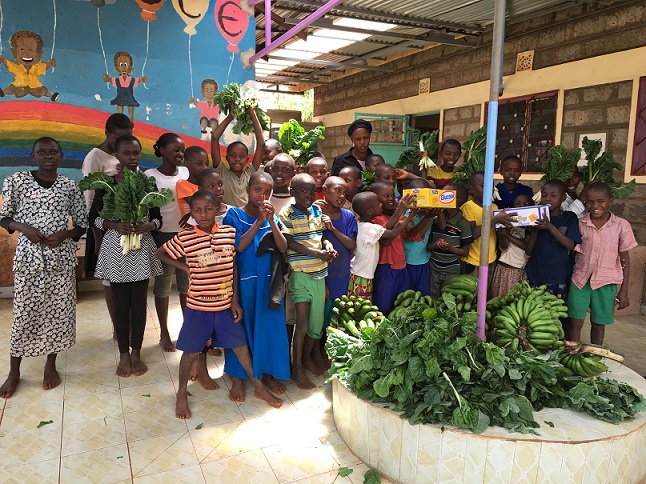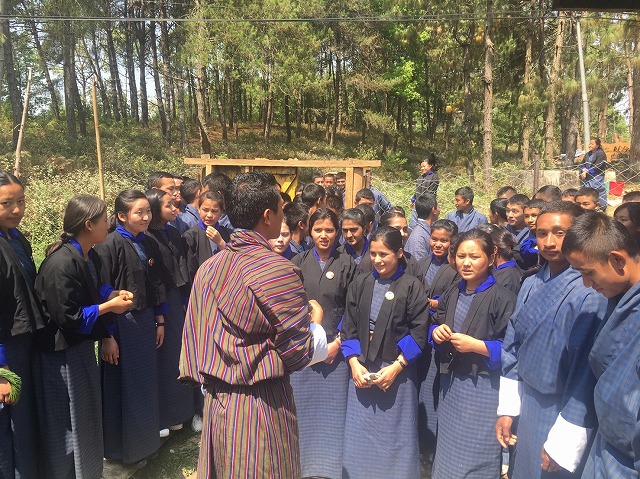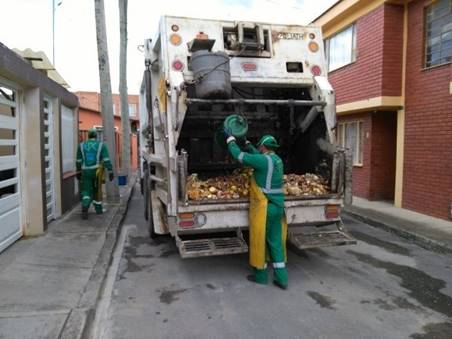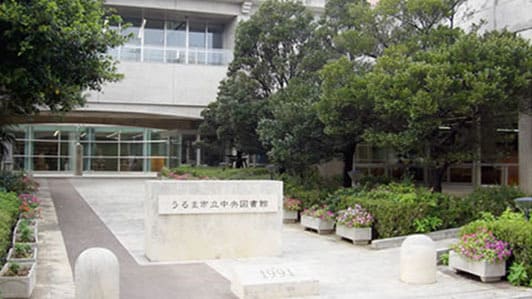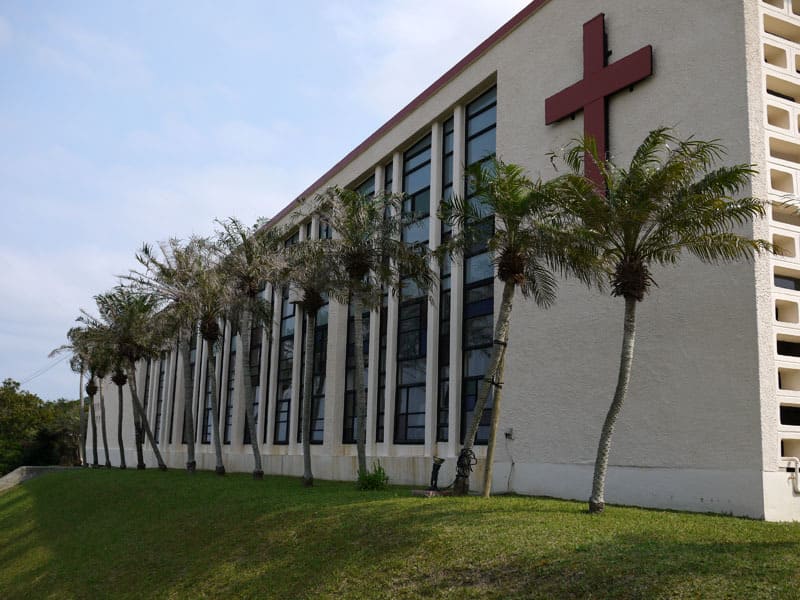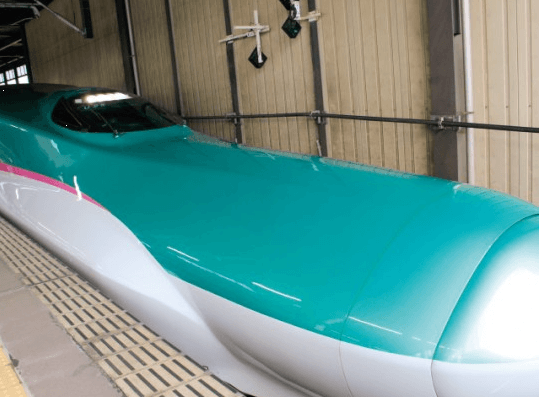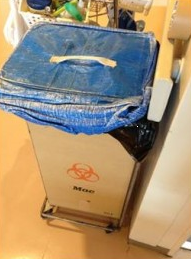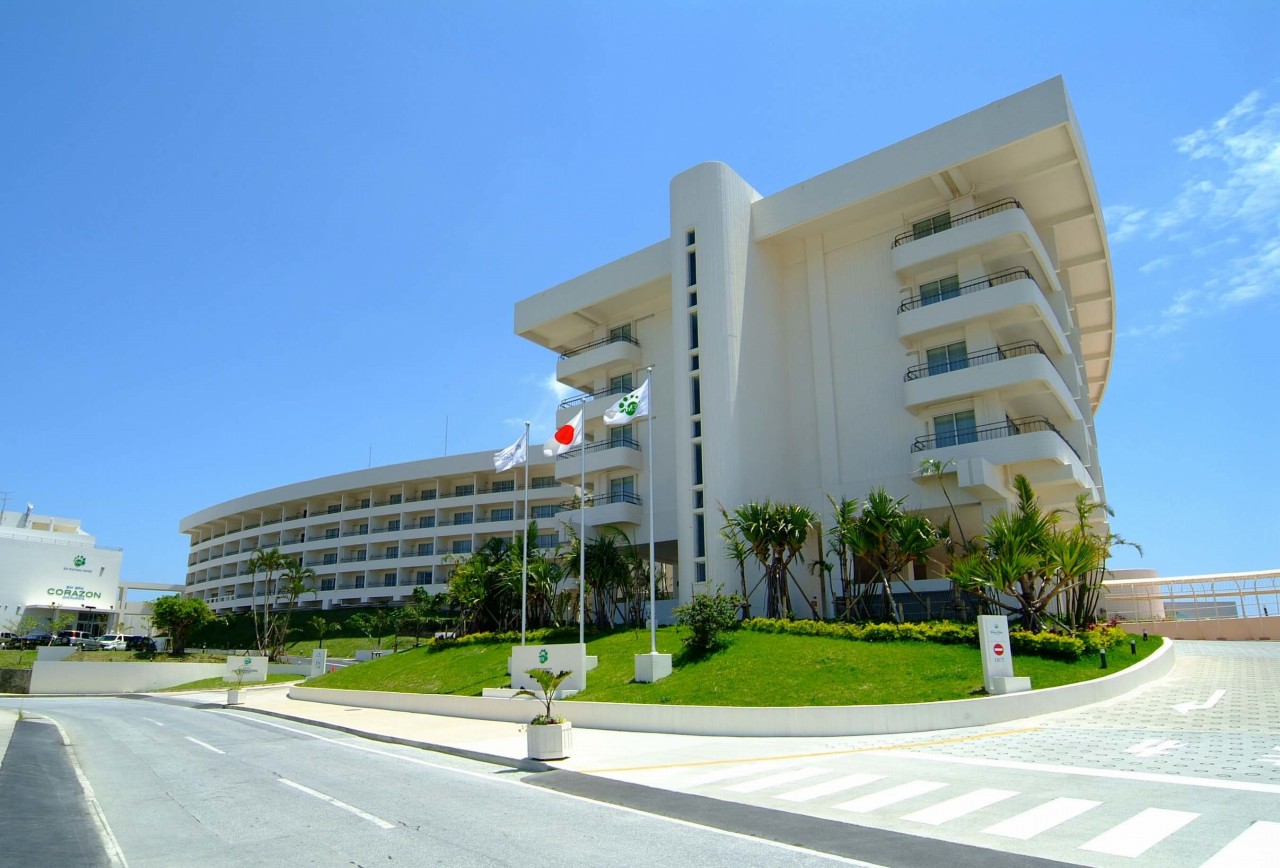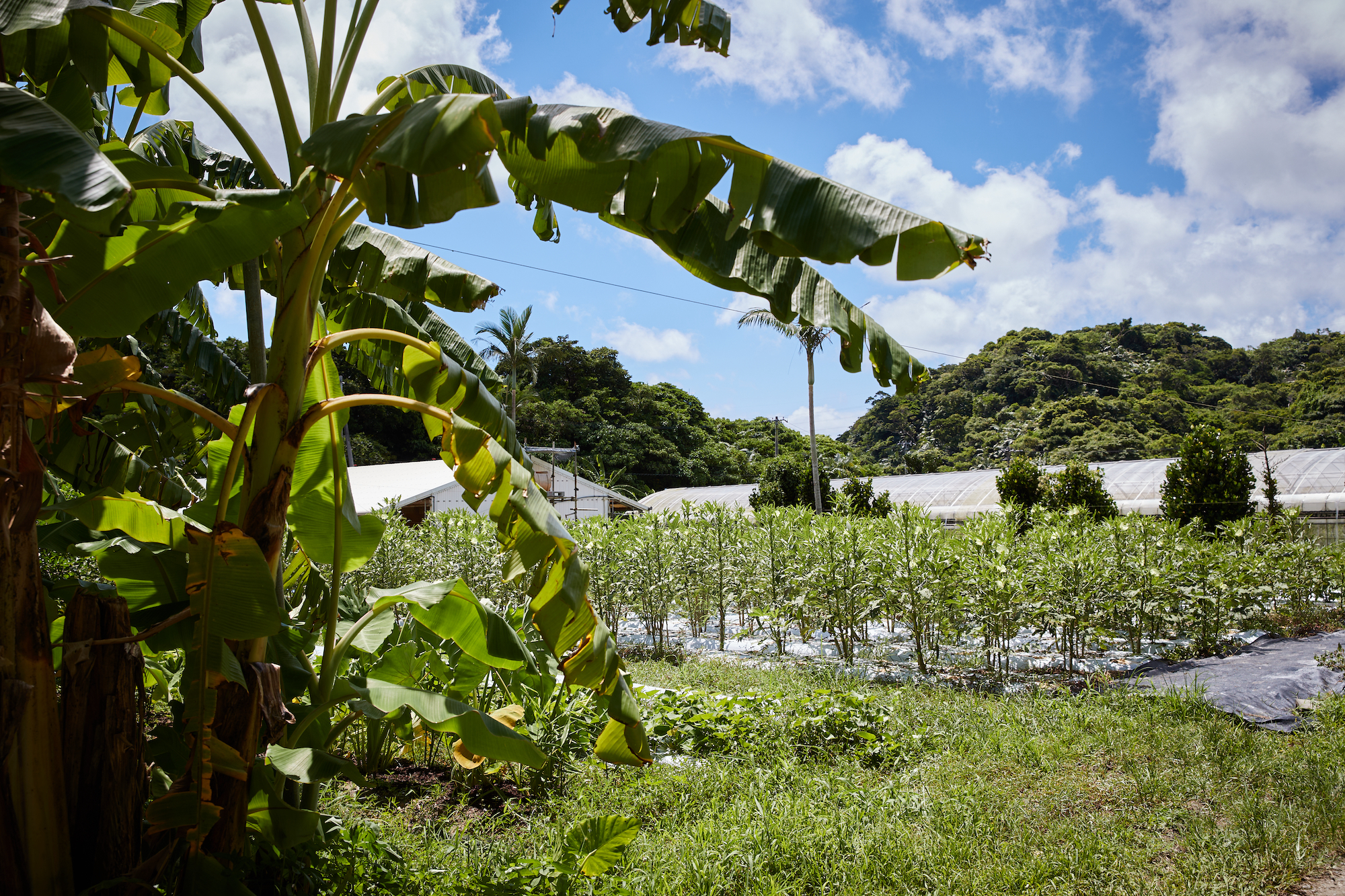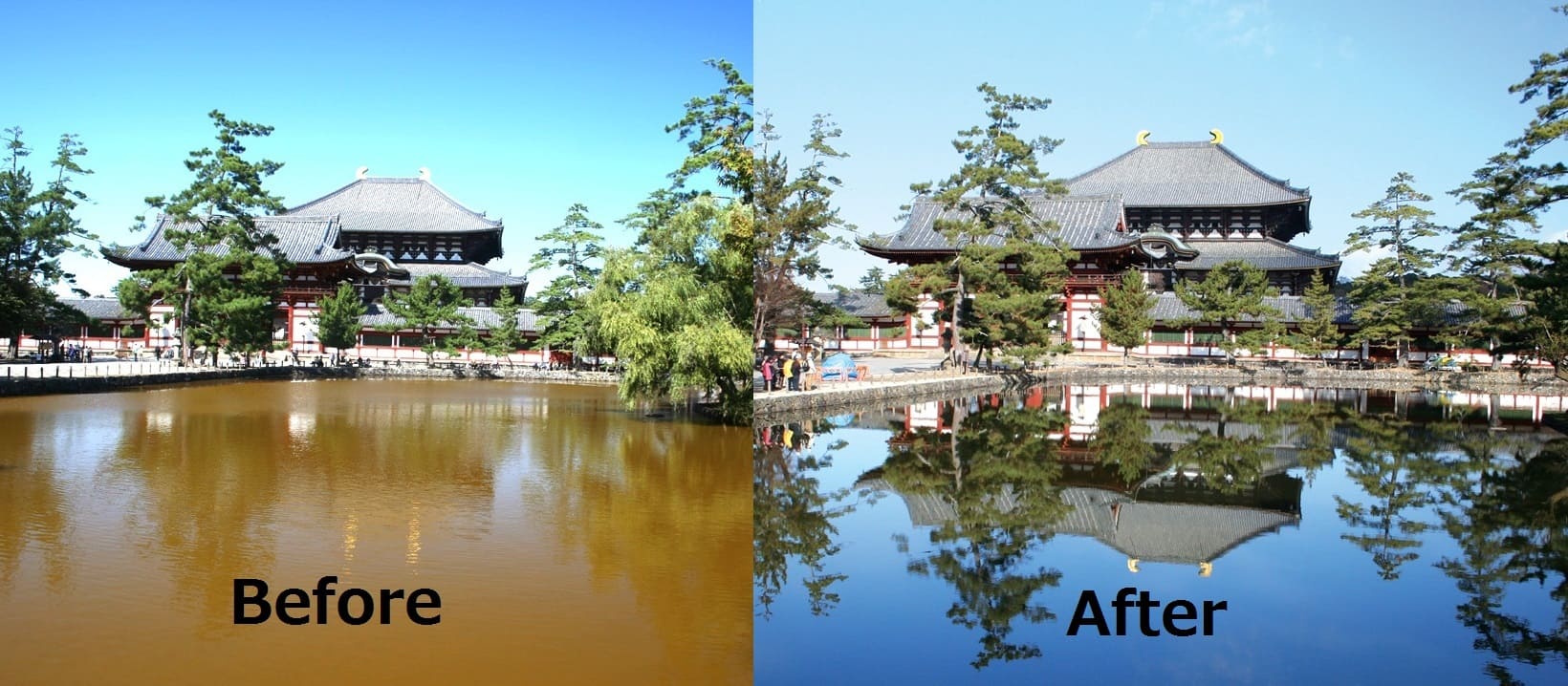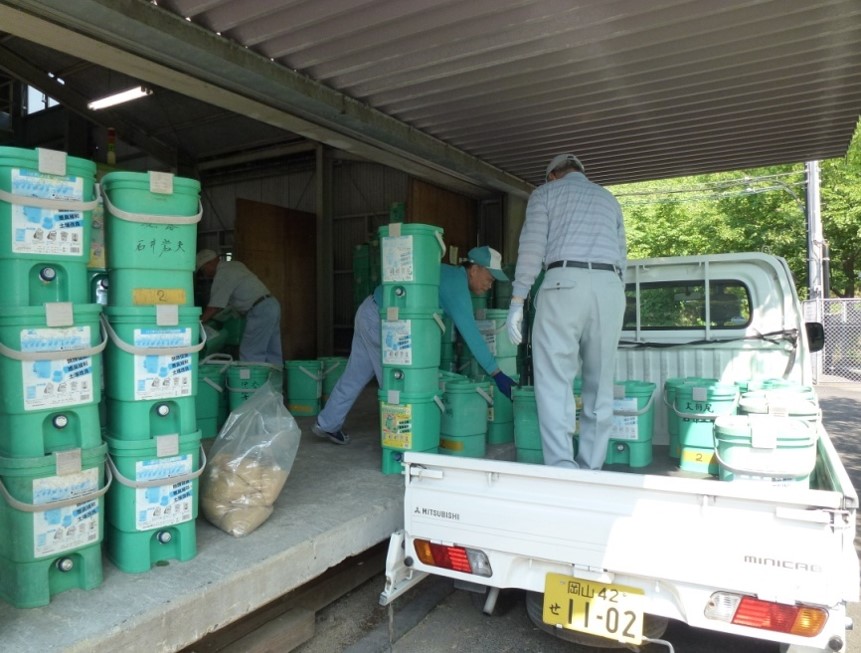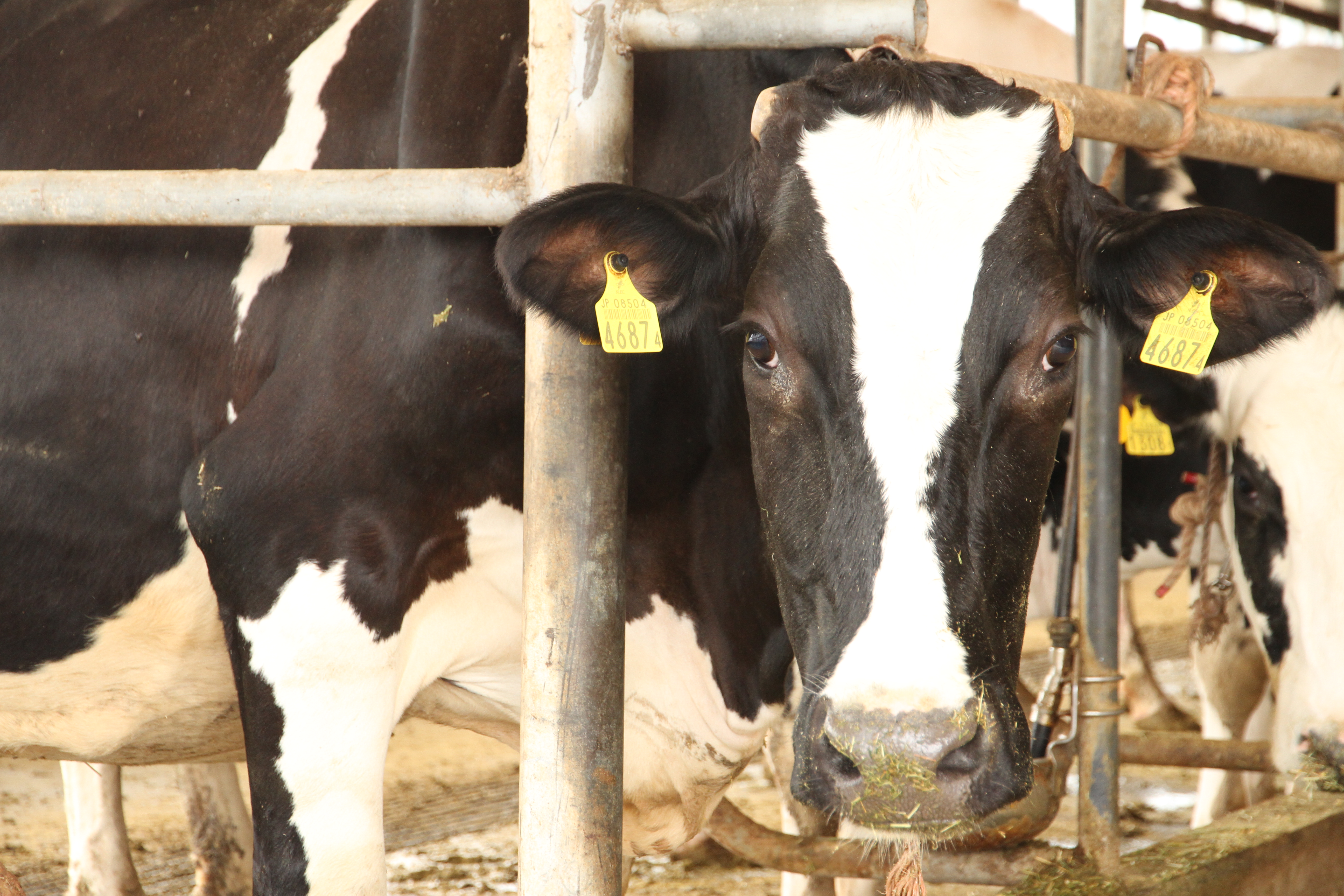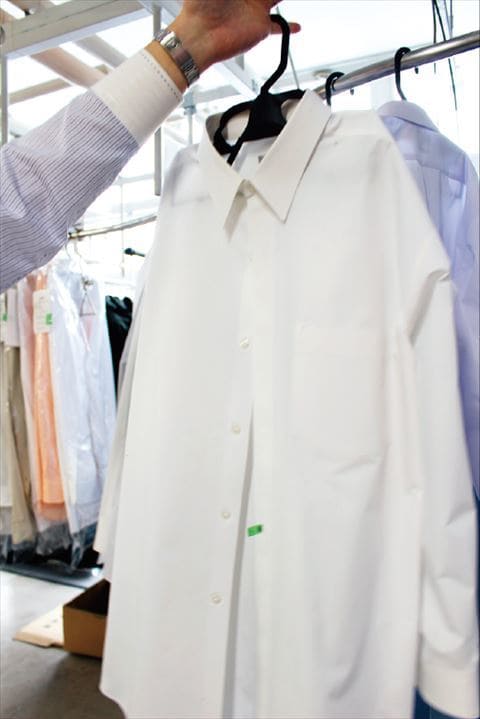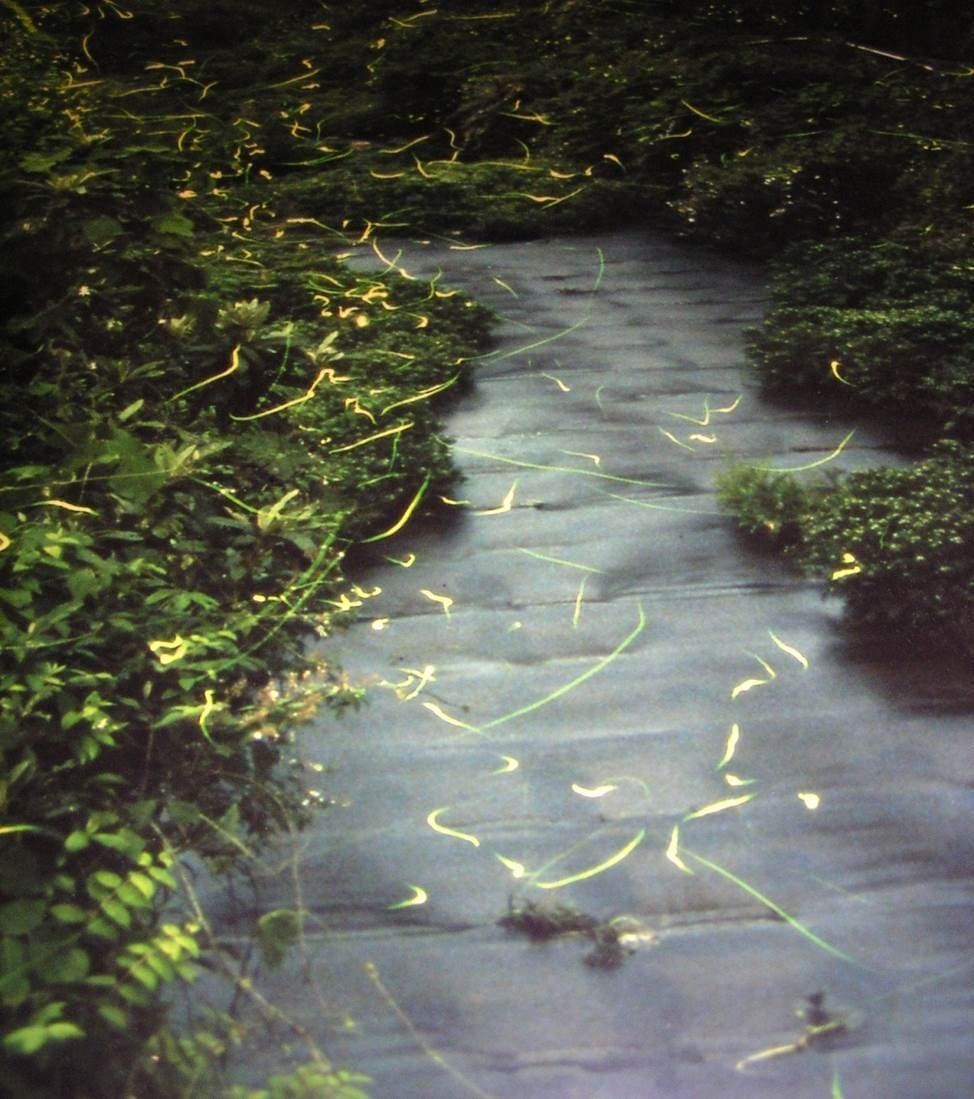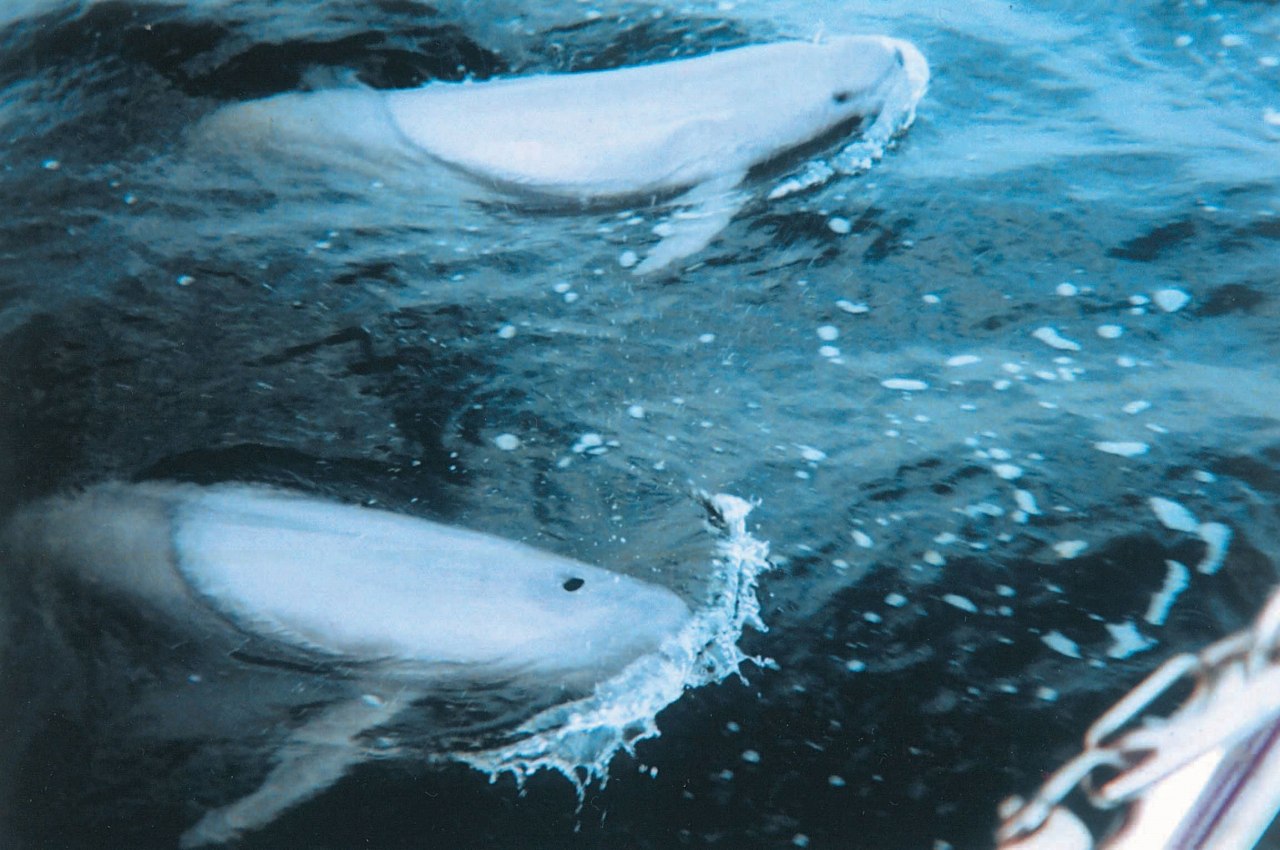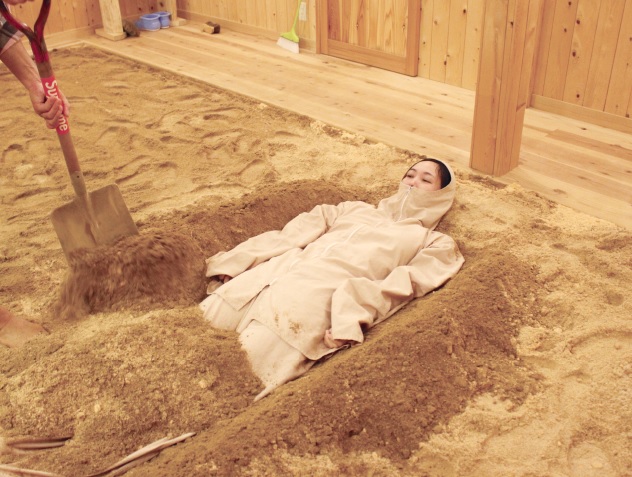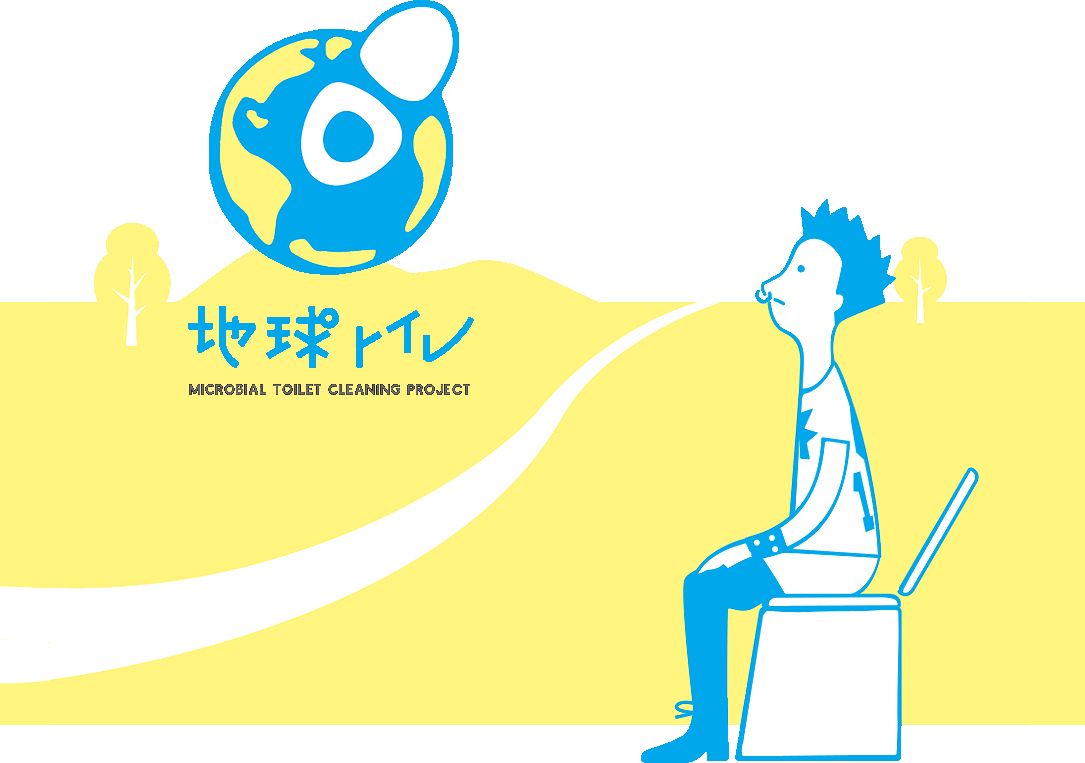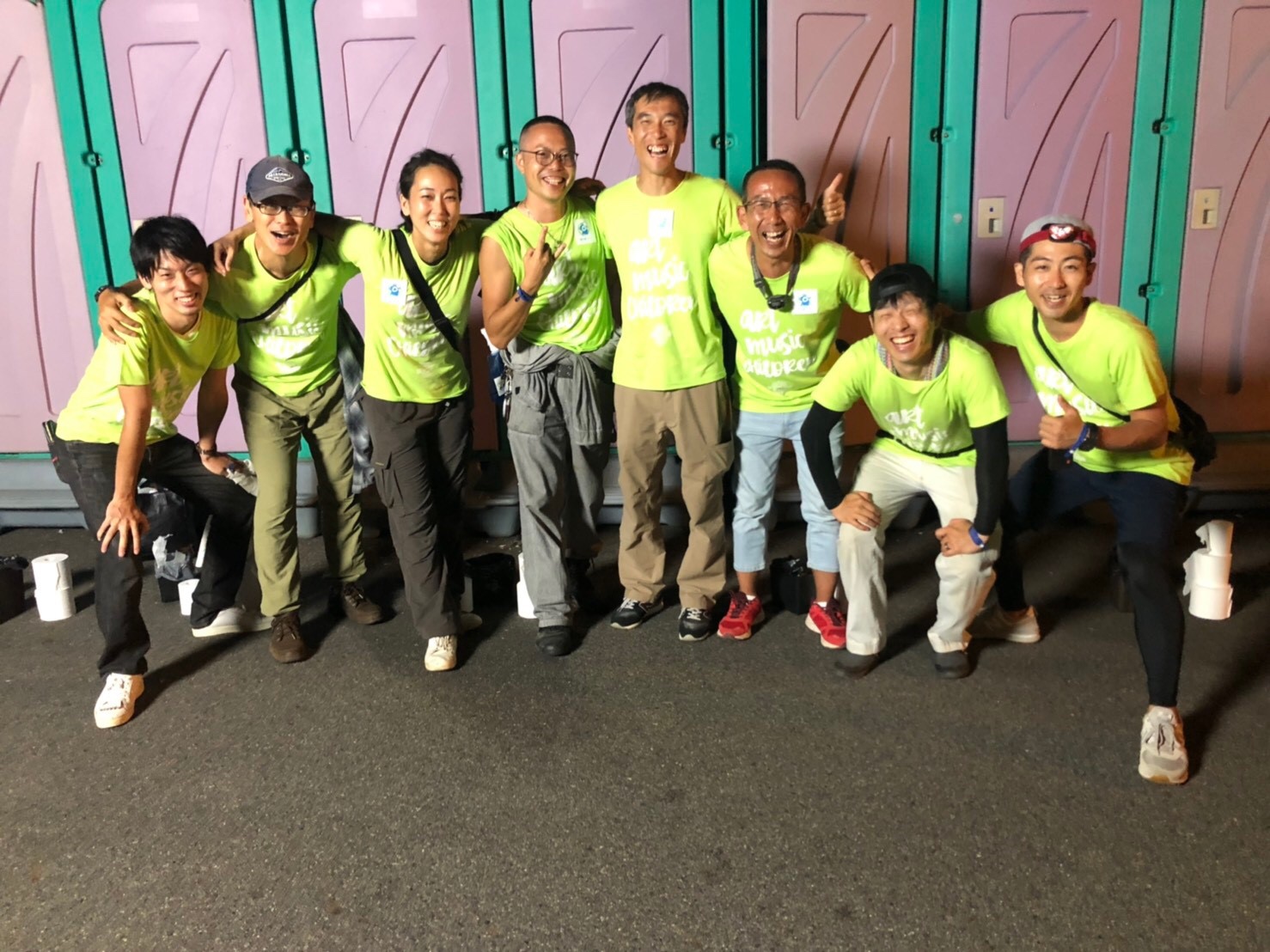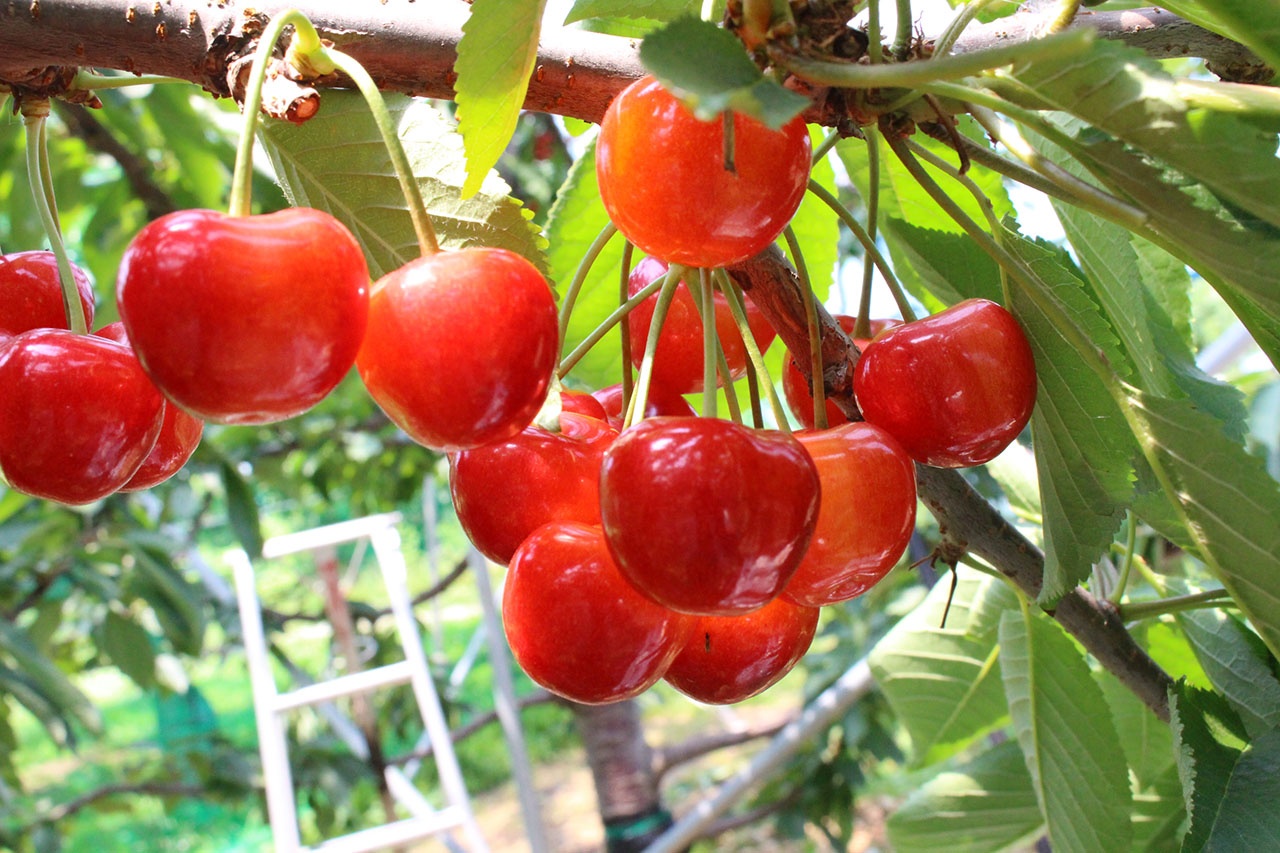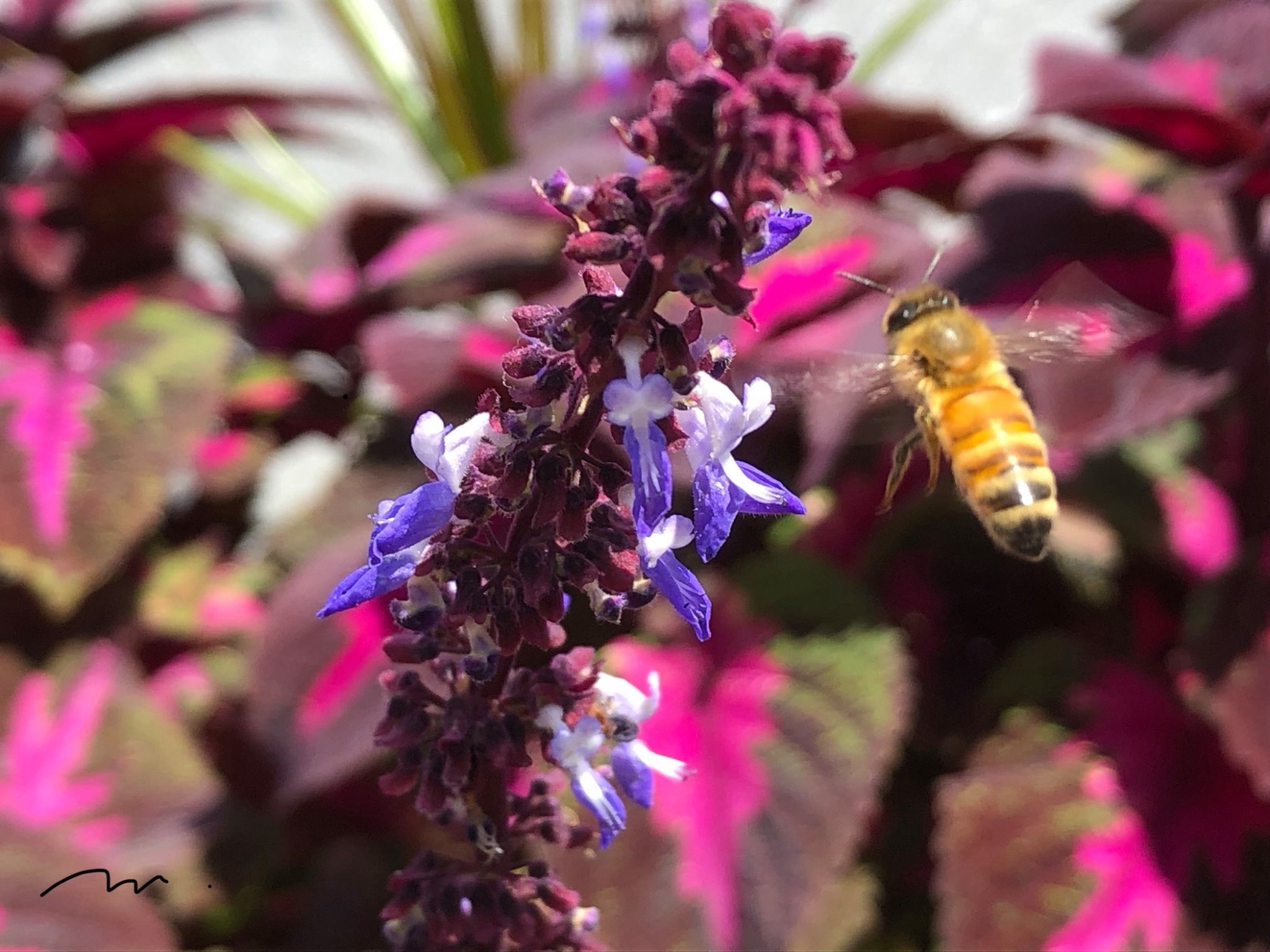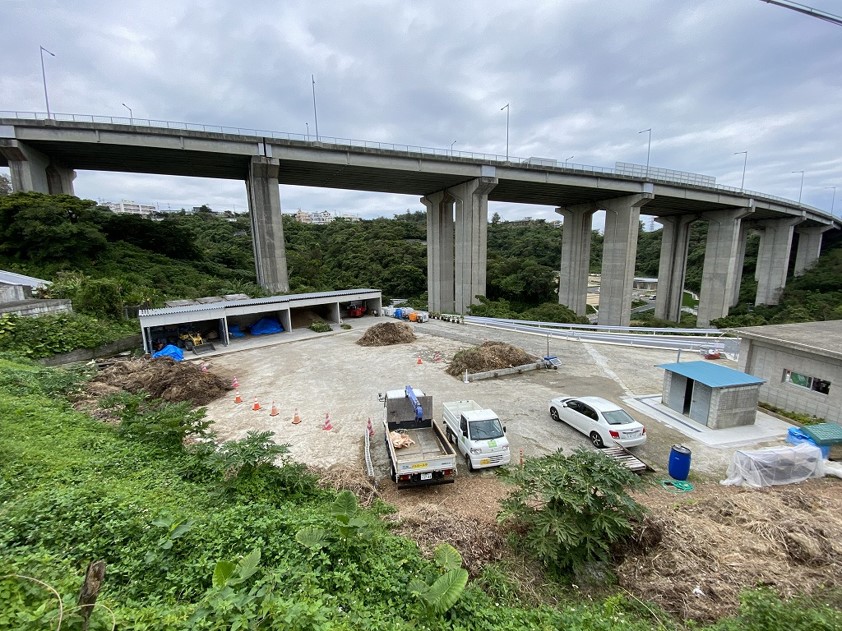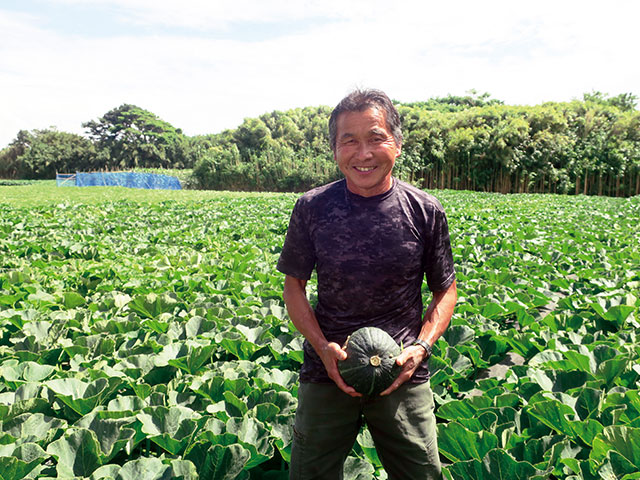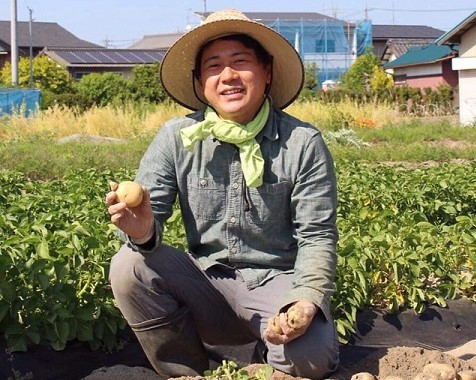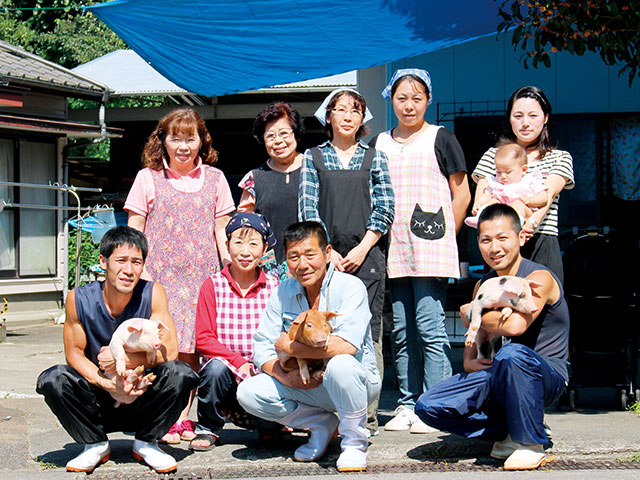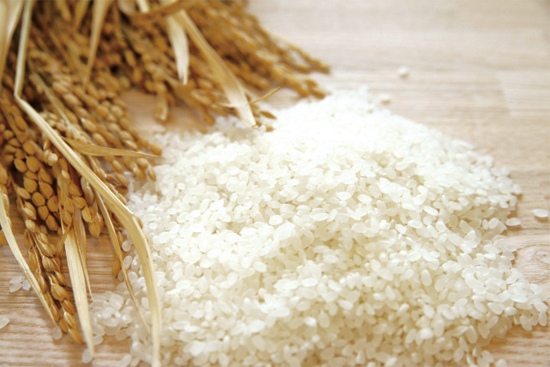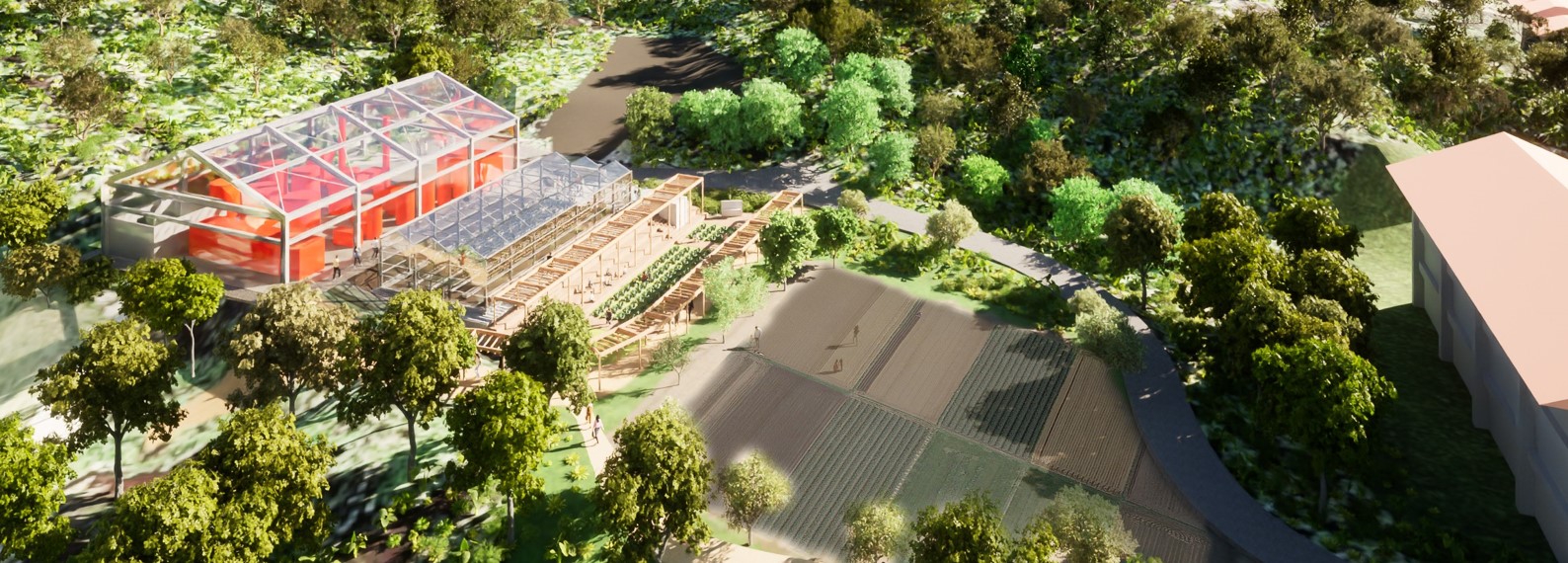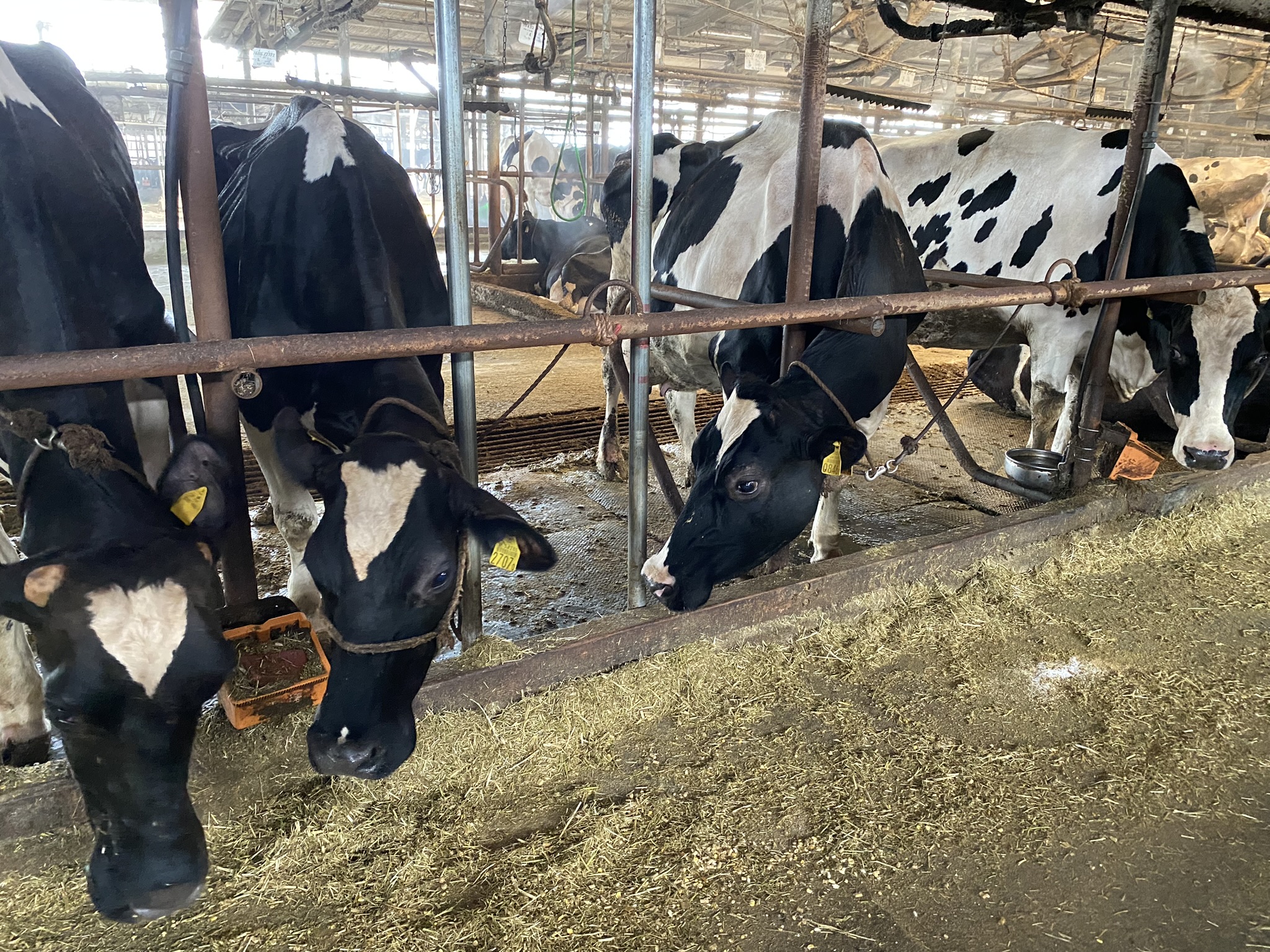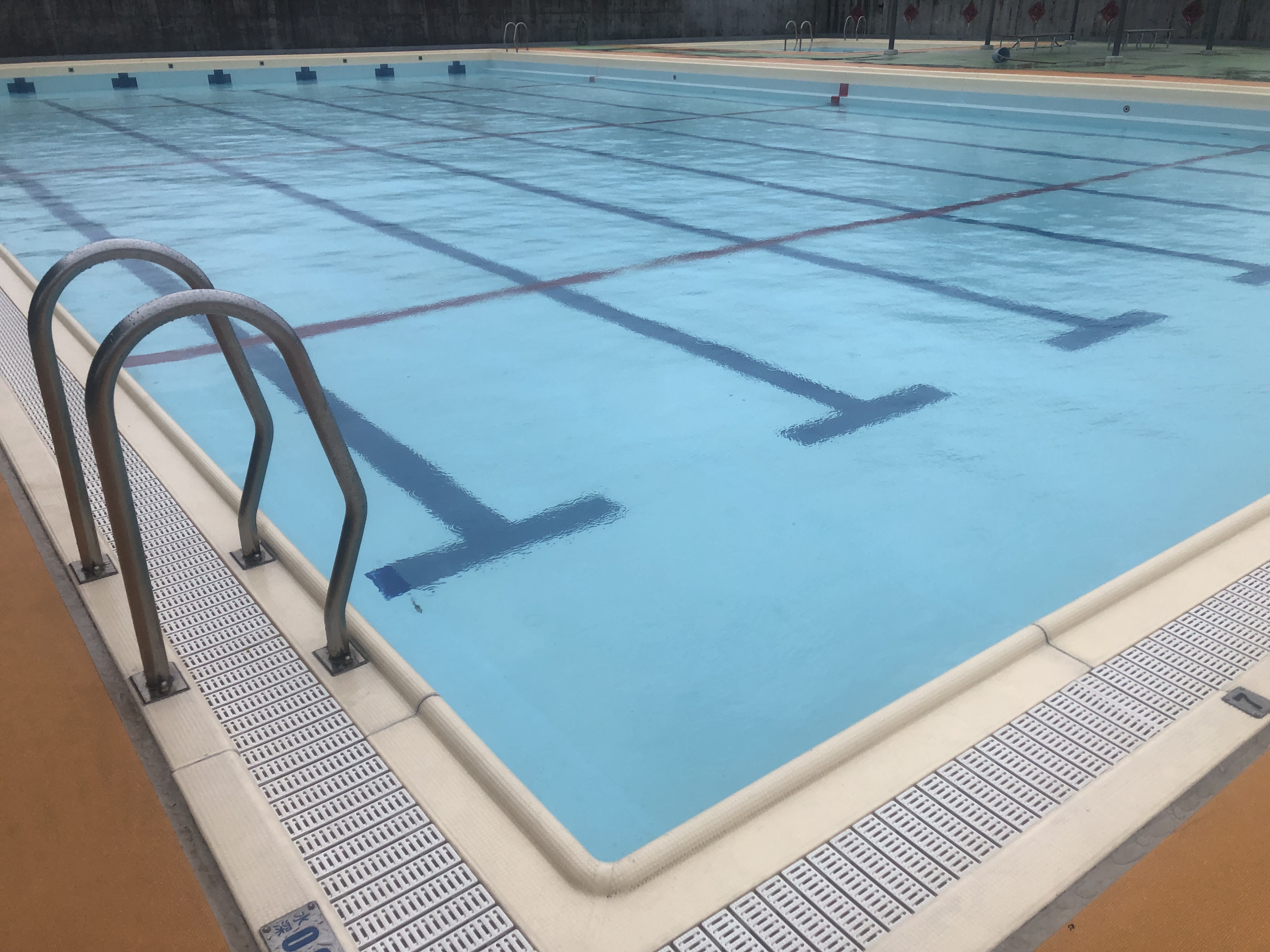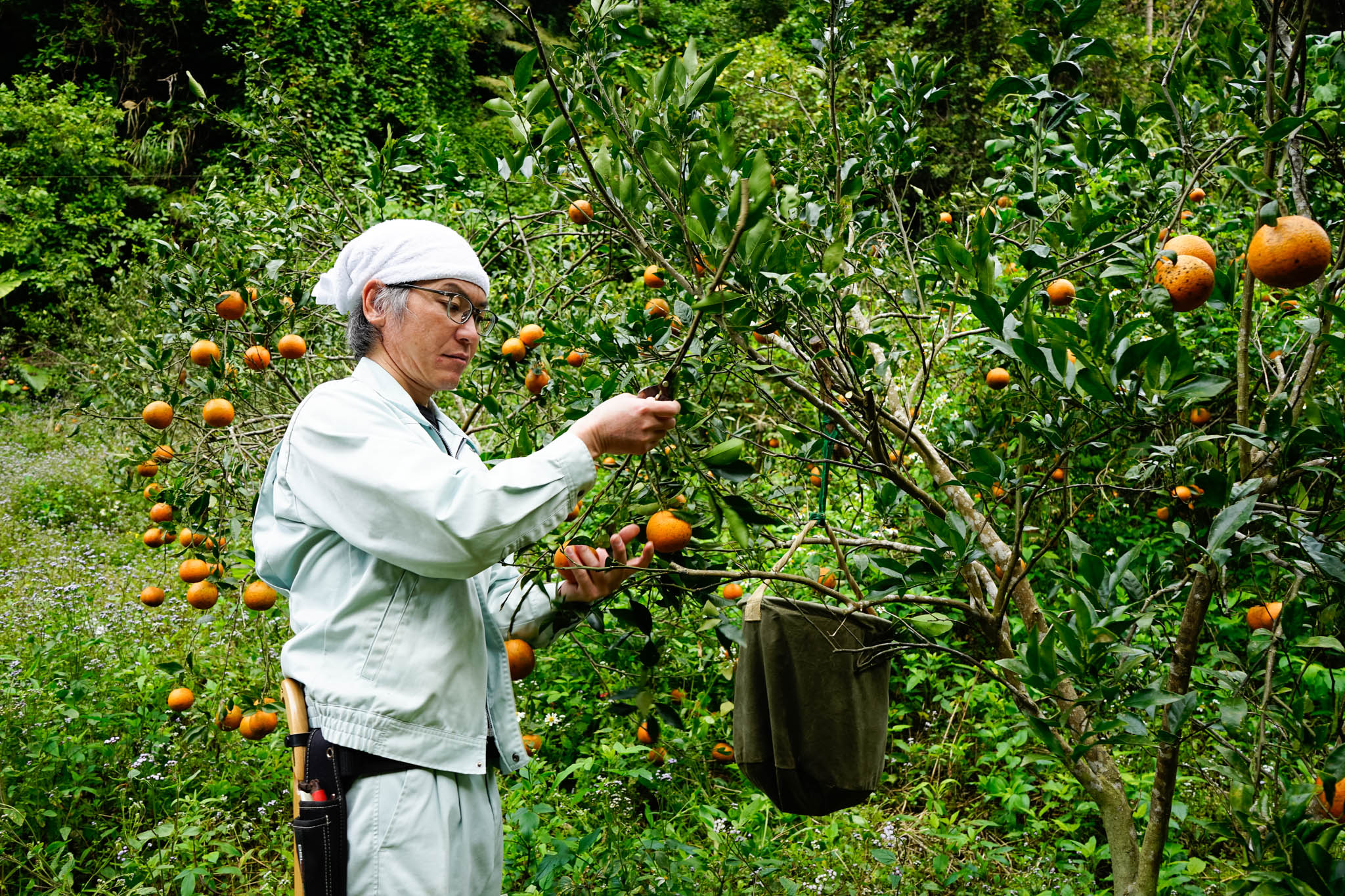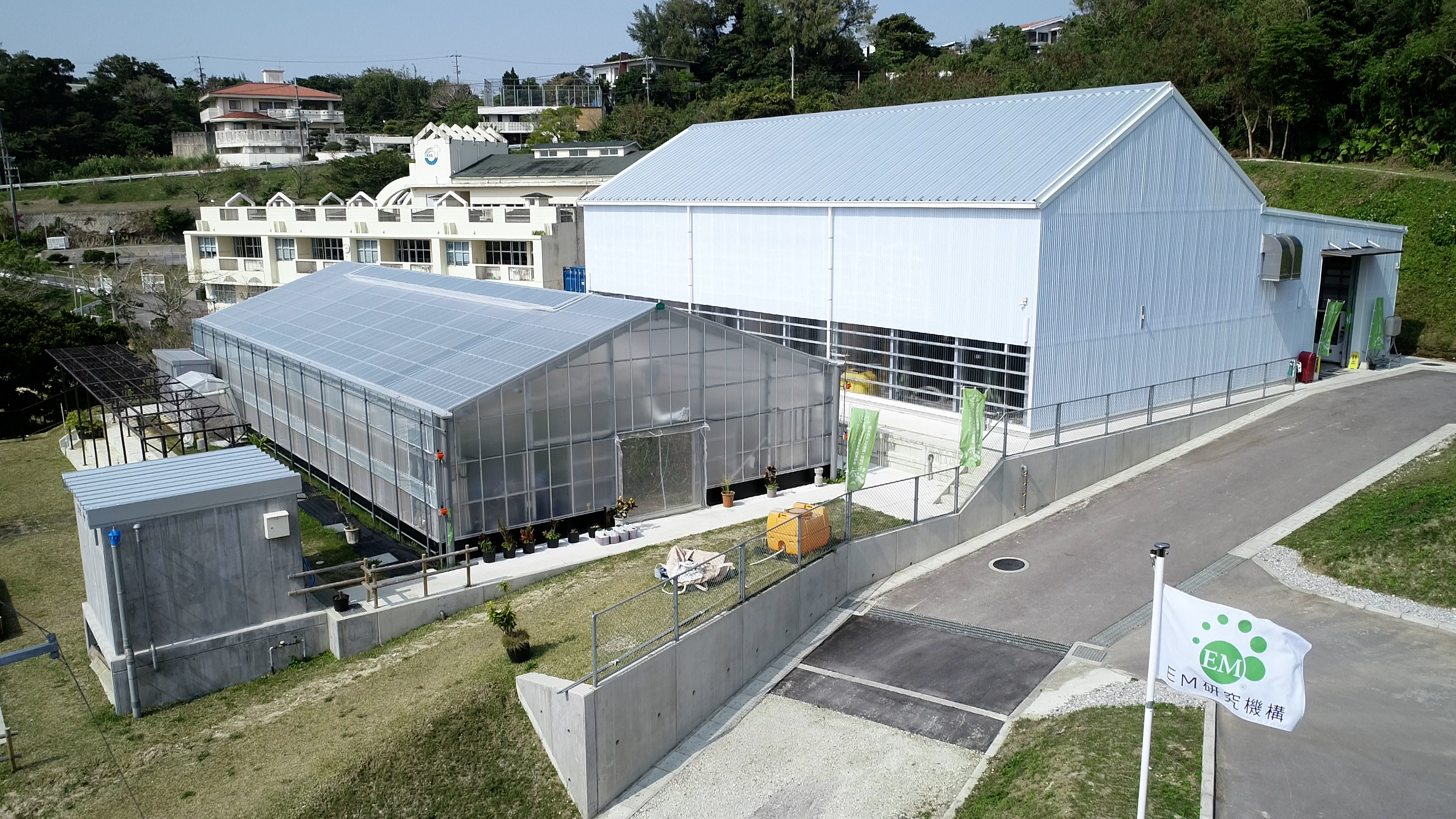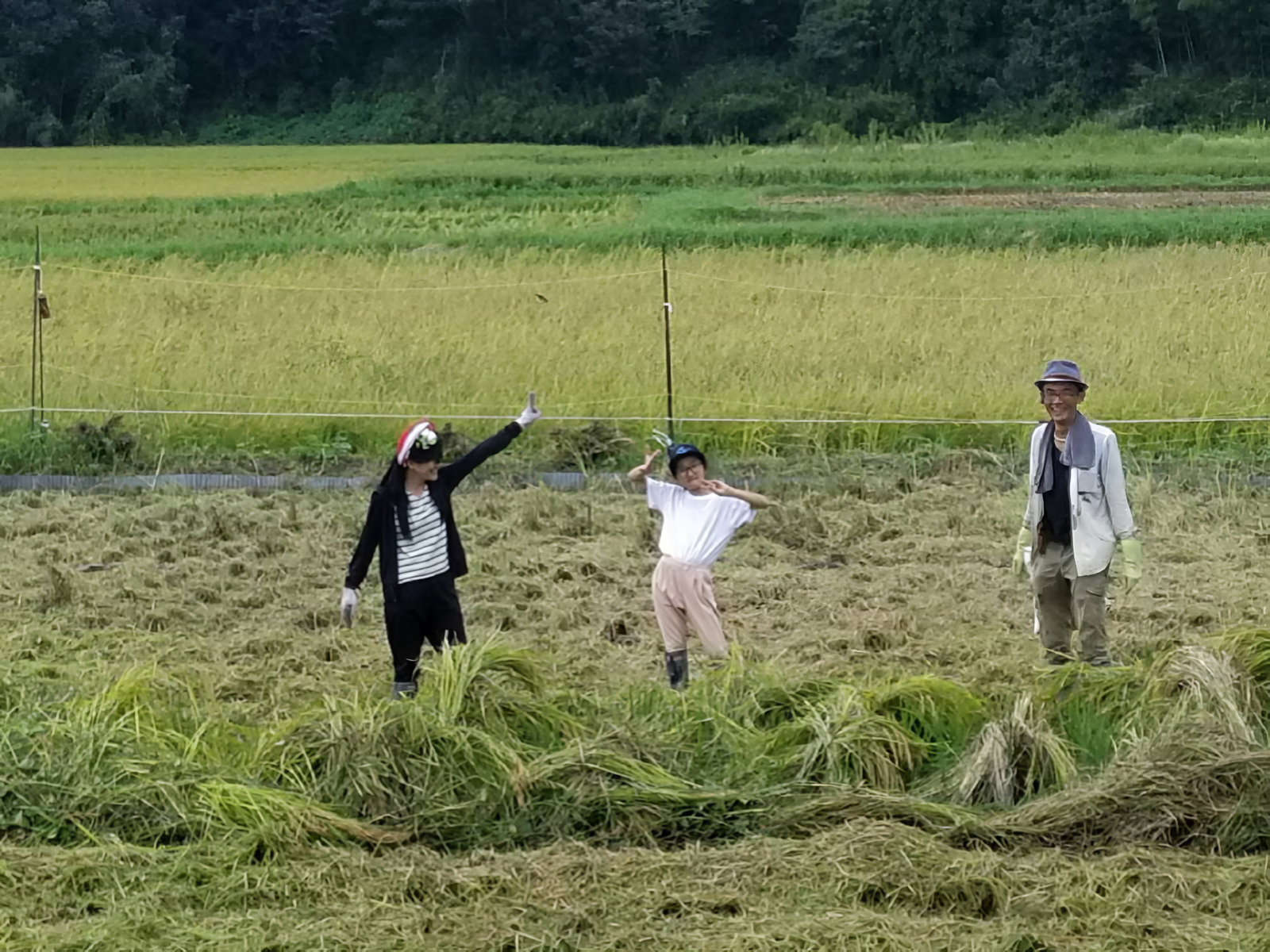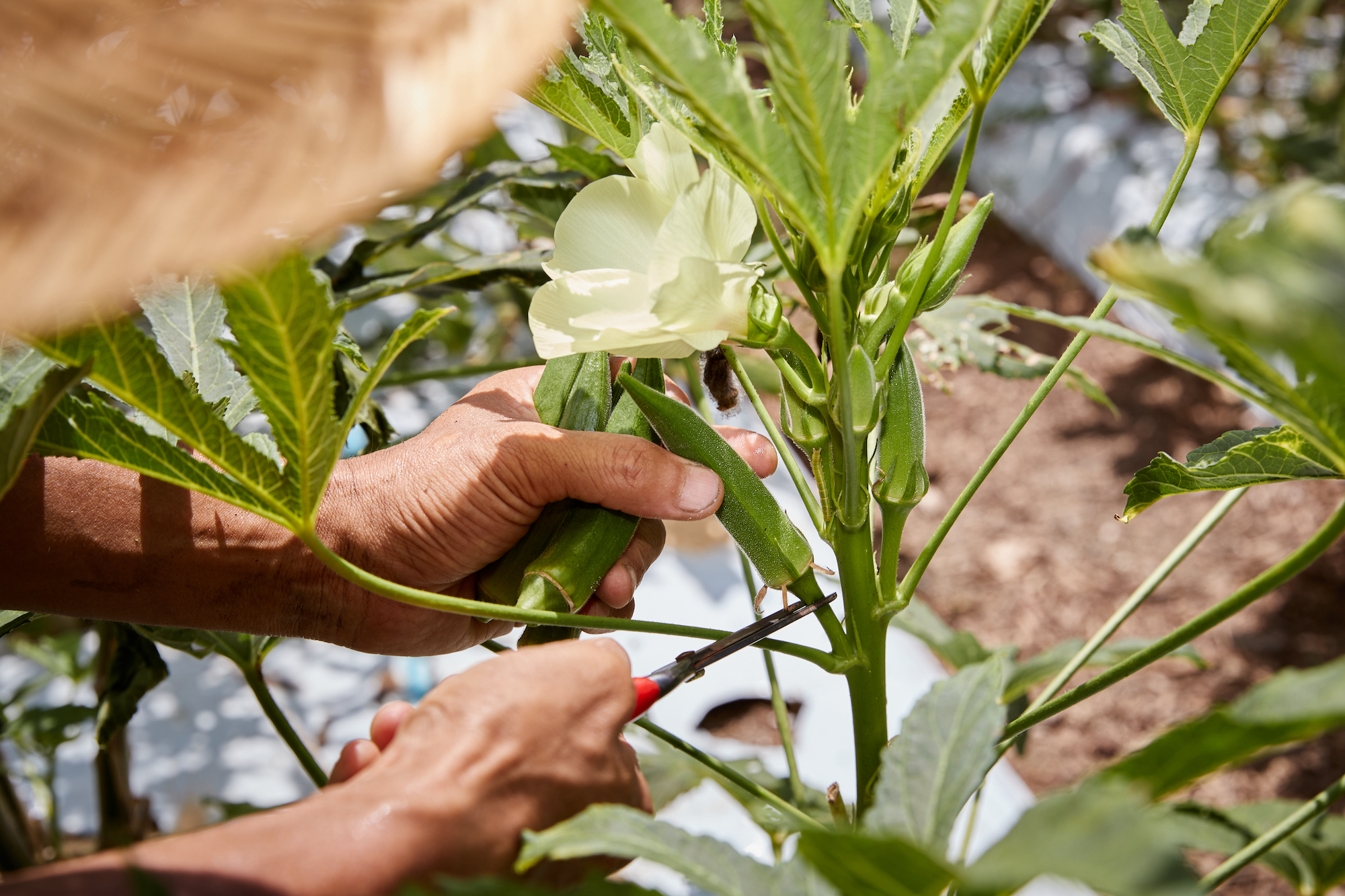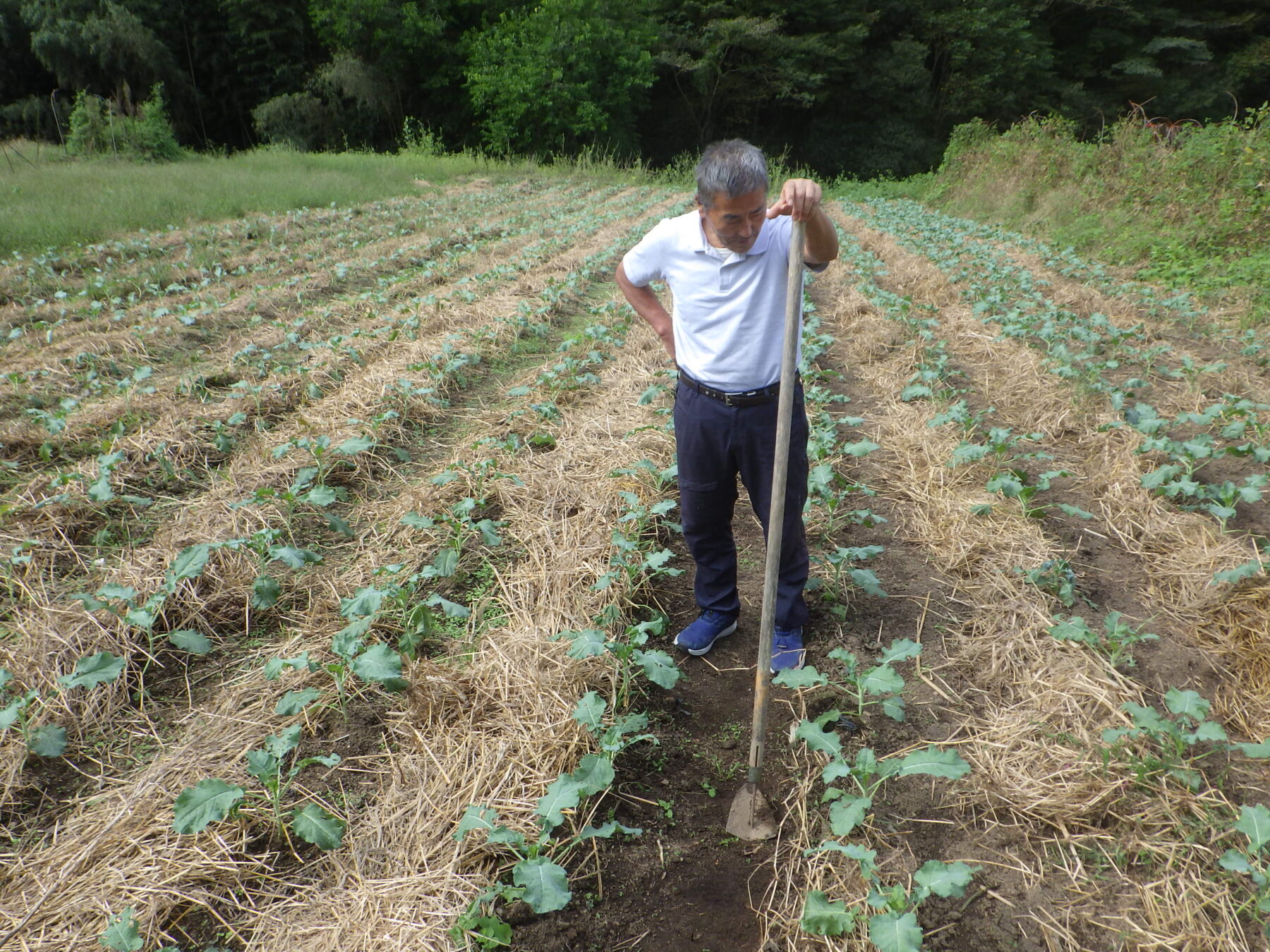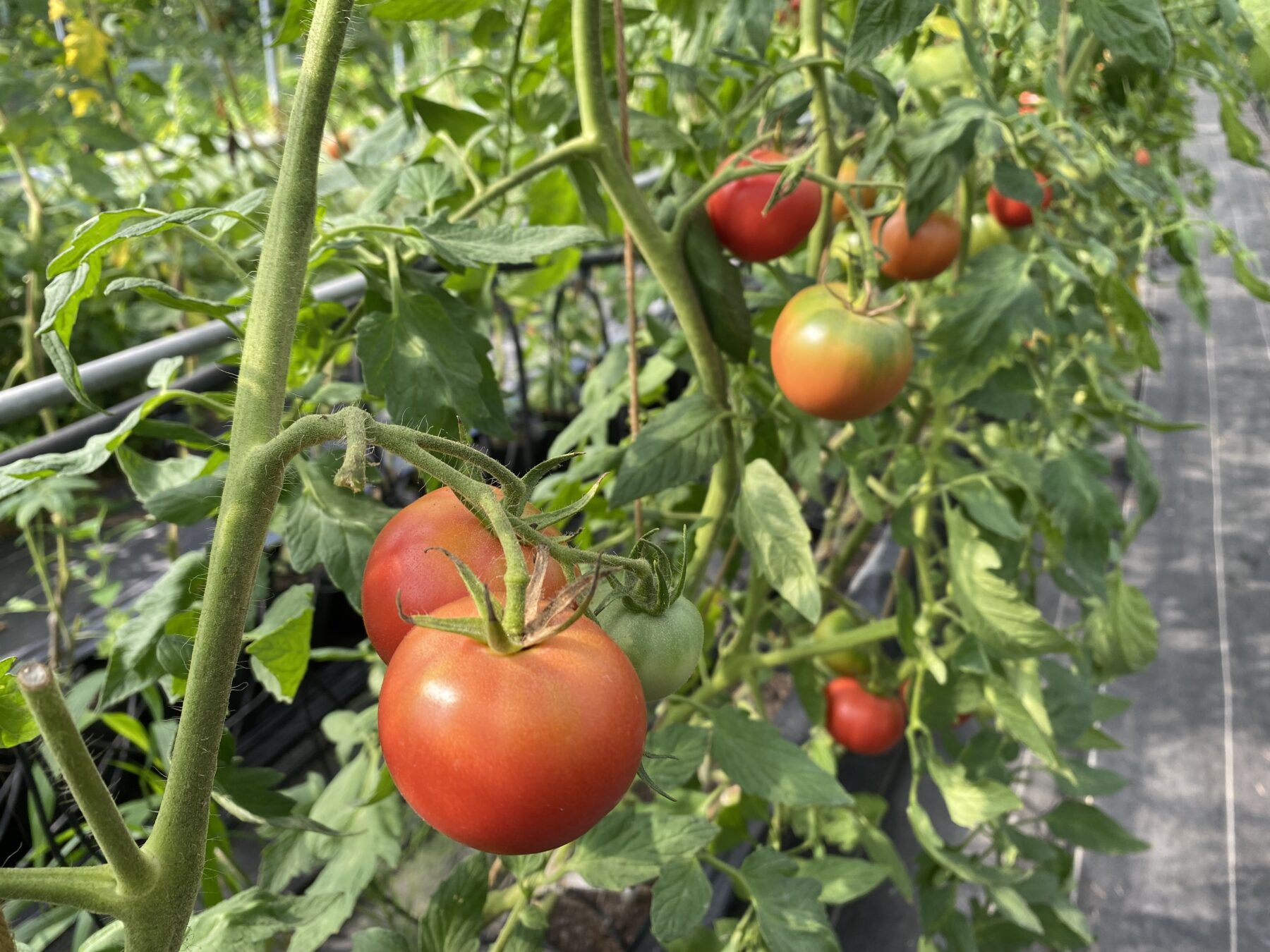Case Studies
Recovering of Radioactive Contaminated Soil - Pilot Test
Japan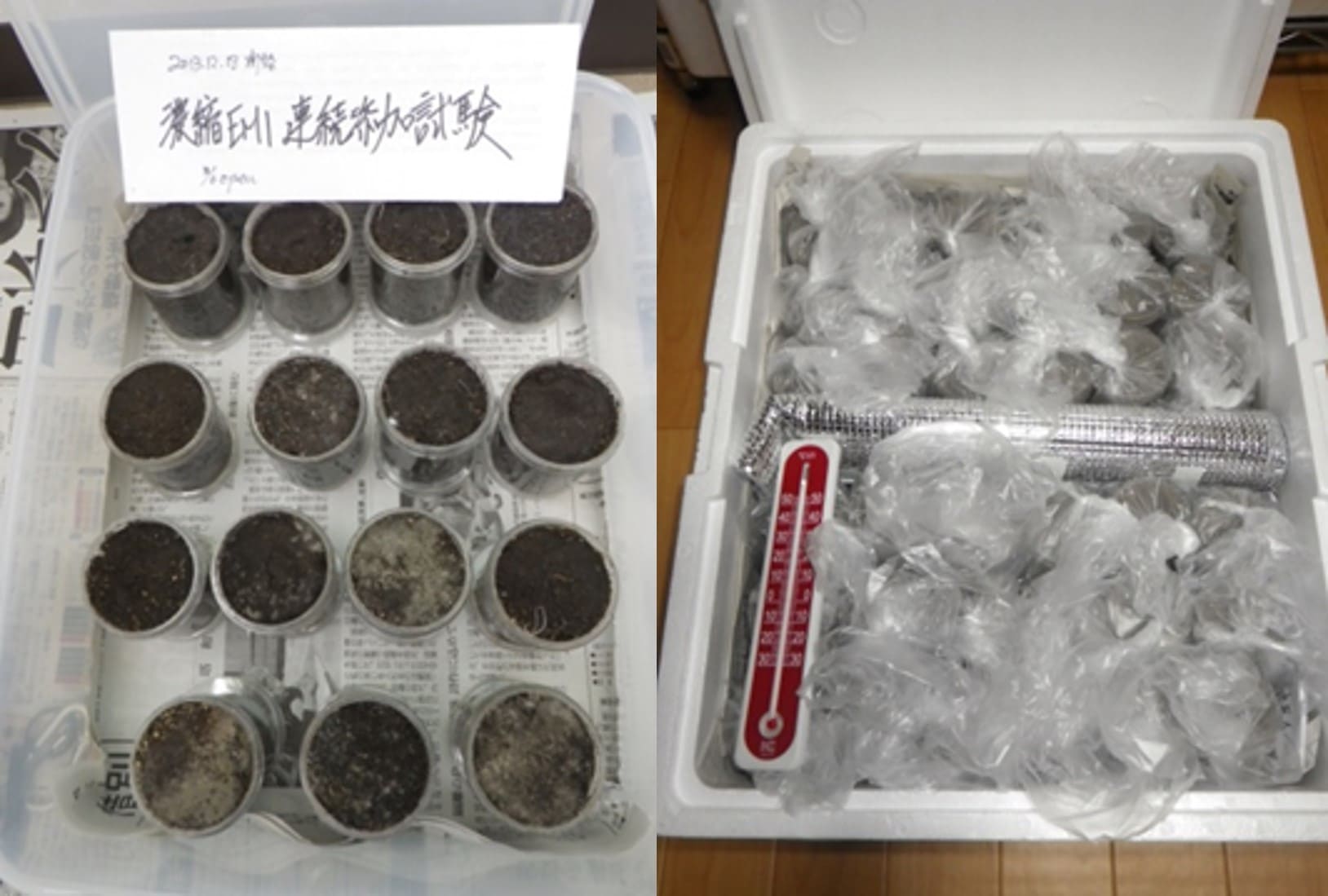
This report is one of the experiments conducted in Fukushima by our R & D Department and presented at the 6th Environmental Forum in Fukushima in November 2015.
Purpose
Since the Fukushima No.1 nuclear power plant accident, the results of field experiments and farm studies conducted suggest the possibility that Effective Microorganisms (EM) Technology contribute to the reduction of radioactive Cs contamination in soil.This study was conducted to determine the possibility of reduction of radioactive cesium by Activated EM・1 (EM) under isolated conditions.
Materials and Methods
In order to obtain an isolated condition, U8 containers (100ml) which are used for radioactivity analysis was chosen.1. Preparing contaminated soil samples
First, the contaminated soil containing cesium was air dried, and then the soil was screened with a 1.5mm mesh sieve and stirred well. Next, the soil was put into U8 containers so that to total weight was exactly 80g on the precision balance. Then the 134Cs and 137Cs of all the samples before the experiment were measured with a sodium iodide scintillation spectrometer.
2. Treatment area and Experimental area
Six treatment groups were prepared using this soil samples: a Control group with no treatment; a Water group with added water; EM groups that added 25%, 50%, 75%, 100% concentrations of Activated EM・1 (EM).
Activated EM・1 (EM) was prepared by mixing the product EM ・1 with molasses and water in a
composition of 1:1:20 (v/v). The mixture was poured into a clean airtight plastic container and incubated at 37°C for 7 days. Three repetitions were arranged for each treatment group.
The experimental period was 690 days from the 18th of December 2013 to the 7th of November 2015.
During that period, water and EM were added 6 times in total. After putting the lids on the U8 containers (Picture 1), the containers were wrapped with plastic bags (Picture 2) and put in a foamed polystyrene container kept at room temperature.
3. Measurement and Evaluation
Before measuring the radioactive Cs, samples were placed inside the constant temperature drier (Picture 3) to evaporate the water under 70°C to eliminate the effect of moisture inside the soil.
After that, the level of 134Cs and 137Cs of each sample was measured.
Evaluation of results was conducted by comparing the reduction rate of 134Cs and 137Cs between samples.
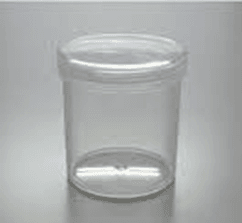
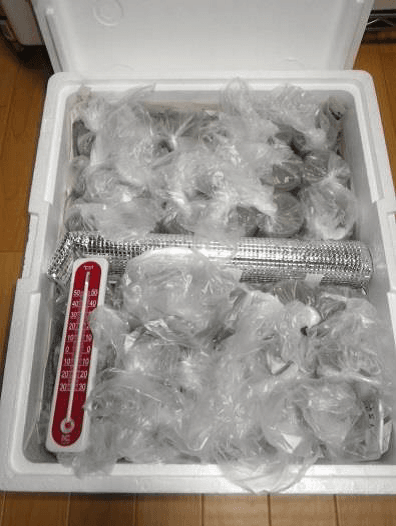
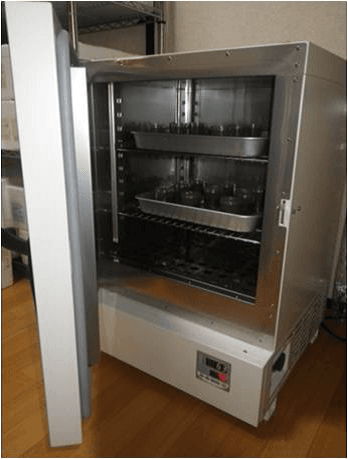
Result
The activity of 134Cs before and 690 days after the treatment were measured, then reduction rates were calculated.The physical half-life of 134Cs is 2.065 years and the theoretical reduction rate 690 days after is 47.0% (Figure 1).
The reduction rate of the Control group was 46.5%, which was very close to the theoretical reduction rate.
For the other treatment groups, the reduction rate was 47.3% for Water, 52.4% for EM 25%, 54.8% for EM50%, 57% for EM75% and 56.7% for EM100%.
Comparing the reduction rates of these areas with the Control group, there were significant differences in all EM treated groups (p<0.01). Also, the reduction rate increased in proportion to the concentration of EM.
The activity of 137Cs before and 690 days after the treatment were measured, then reduction rates were calculated.
137Cs has a long physical half-life of 30.04 years and the theoretical reduction rate 690 days after is 4.3% (Figure 2).
The reduction rate of the Control group was 3.4%, which was very close to the theoretical reduction rate.
For the other treatment groups, the reduction rate was 8.4% for Water and for the EM 25%, 50%, 75% and 100% were 9.1%, 12.0%, 13.4%, 14.8% respectively. Comparing the reduction rates of these groups with the Control group, there were significant differences in all EM treated groups (p<0.01, except EM 25%).
Also, the reduction rate increased in proportion to the concentration of EM.
The factor that increased the radioactive Cs reduction rate on the EM treated groups compared with the Control group is not known at present.
Physical half-life of radionuclides remains quite stable to environmental change, thus this phenomenon is not consistent with the scientific view.
However, since some scientists believe in biological transmutation, we should stay open to all possibilities and must conduct more detailed studies and to validate repeatedly.
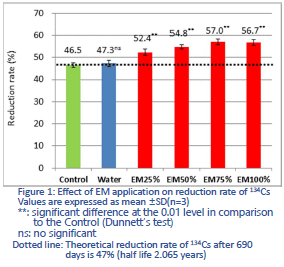
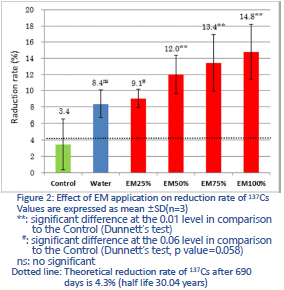
Consideration
Compared with the Control group, 134Cs and 137Cs in the soil were significantly reduced in the EM treated group. Also, the reduction rates of 134Cs and 137Cs increased in proportion to the concentration of EM.From the results of the field experiments and this test, it can be considered that by applying Activated EM・1 (EM) on the soil will reduce radioactive Cs, although the mechanism is still unknown.
(Updated in 2015)
